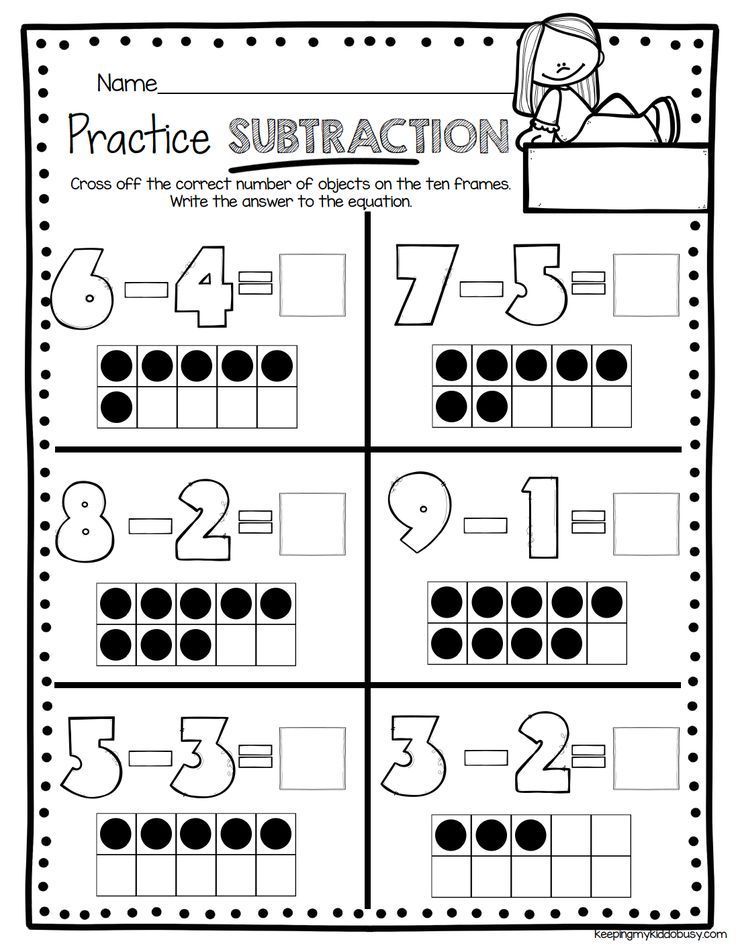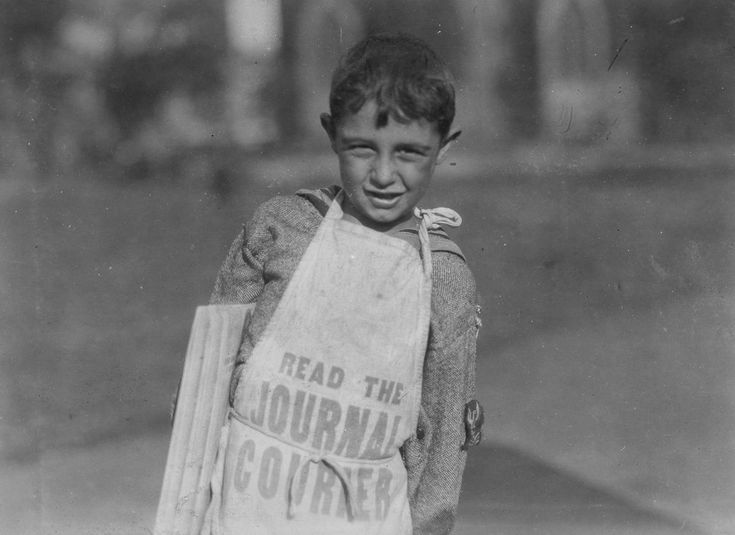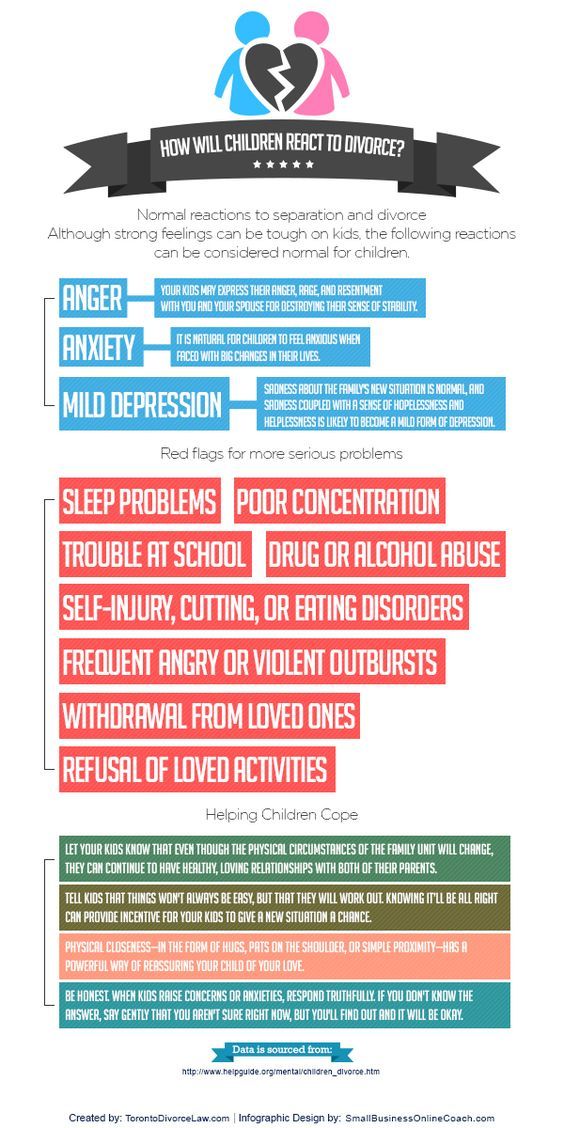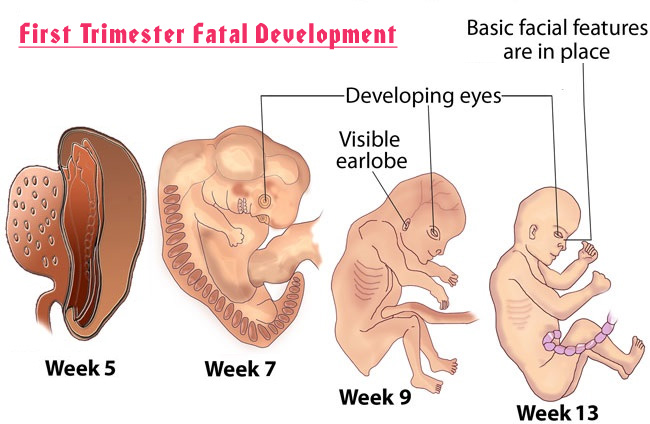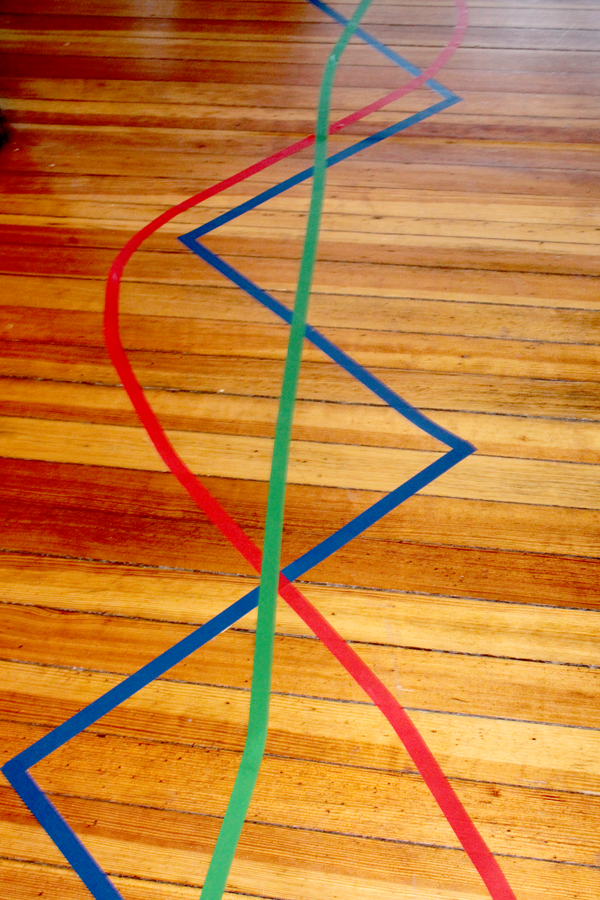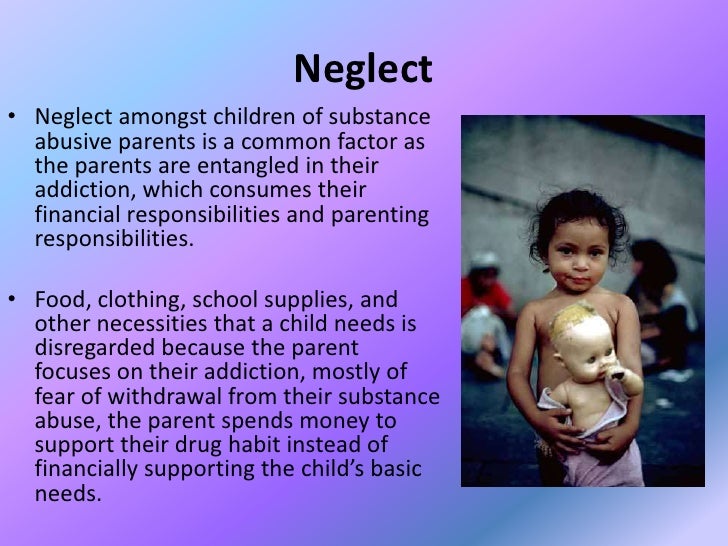How to teach a child subtraction
Your Complete Guide to Teaching Your Child the Subtraction Facts - Kate Snow
Everything you need to know to teach your child the subtraction facts, without hours of rote memorization, counting on fingers, or flash cards.
My rookie teacher mistake
When I was a brand-new teacher, I devoted weeks to making sure that all my fifth-grader students fully mastered the addition facts.
I knew that the addition facts were an essential foundation, and that my students would never feel confident in math without them.
But I didn’t spend a single day reviewing the subtraction facts. I figured that once my students knew the addition facts, they’d be able to figure out subtraction.
I was wrong.
All year long, the subtraction-strugglers had trouble anytime we hit a topic involving subtraction. Long division. Decimals. Fractions. For each of these topics, my students spent so much effort figuring out basic subtractions they didn’t have much mental energy left over for learning the new concepts.
So why couldn’t my students readily apply their addition fact knowledge to figure out subtraction facts. After all, if they knew 9 + 5 = 14, shouldn’t they also know that 14 – 9 = 5?
What I learned
I was making two mistakes: one about subtraction, and one about how kids think.
First, I was assuming that related addition facts are always the best way to figure out subtraction facts. That’s true of some of the subtraction facts, but often a different thinking strategy works better.
Second, I was assuming that kids think like adults. (Any parent knows that’s not the case!) We adults can reason abstractly: since subtraction is the opposite of addition, we know we can use addition facts to figure out related subtraction facts.
But kids are concrete thinkers. They need to see the connection between addition and subtraction over and over, with hands-on materials and lots of practice, before they can use the addition facts as stepping stones to the subtraction facts.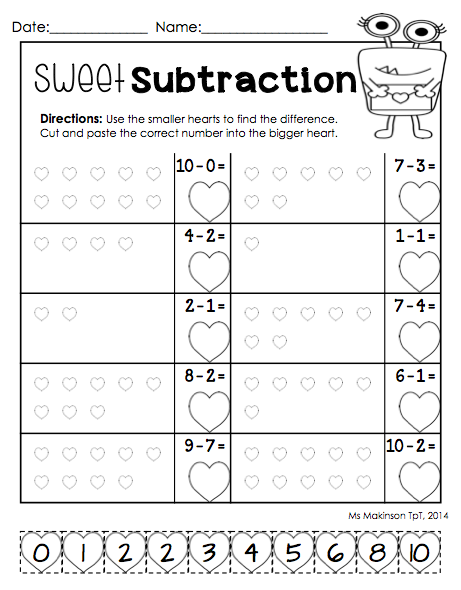
But, that doesn’t mean that it’s time to start making stacks of flash cards or printing piles of subtraction drill worksheets. In this article, you’ll learn everything you need to know to teach your child the subtraction facts—without weeks of rote memorization.
What are the subtraction facts? Why are they so important?
The subtraction facts are all of the differences from from 2 – 1 to 18 – 9. Here’s the full subtraction facts chart:
Just like the addition facts, the subtraction facts lay the groundwork for the rest of elementary arithmetic. Without thorough mastery of the subtraction facts, kids struggle as they tackle word problems and subtraction with bigger numbers. This leads to solving problems more slowly, making more mistakes, and an overall lack of confidence in math.
In what grade should children learn the subtraction facts?
Ideally, children should master the subtraction facts at the beginning of second grade.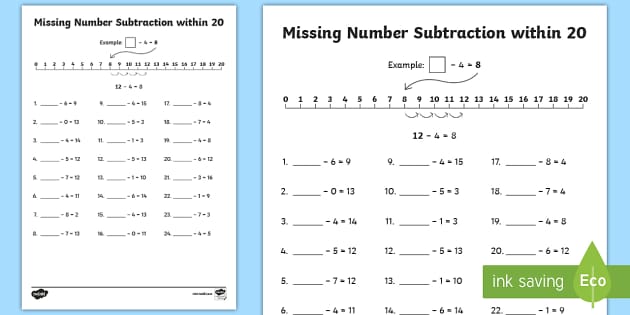 Once they have the subtraction facts down, they’ll be ready to work on more complex second-grade math topics like multi-digit subtraction. But, if your older child hasn’t mastered the subtraction facts, it’s not too late–and learning the subtraction facts will make her more confident and successful in math.
Once they have the subtraction facts down, they’ll be ready to work on more complex second-grade math topics like multi-digit subtraction. But, if your older child hasn’t mastered the subtraction facts, it’s not too late–and learning the subtraction facts will make her more confident and successful in math.
Not sure whether your child has mastered the subtraction facts? Download this free, printable subtraction assessment and find out!
What do children need to know before memorizing the subtraction facts?
Your child should be solid with the following skills before working on mastering the subtraction facts:
- Understand that subtraction can mean taking away or finding a difference. For example, 13 – 8 can mean, “How many are left when you take 8 away from 13?” Or, 13 – 8 can be interpreted as, “How much more is 13 than 8?”
- Understand that subtraction is the opposite of addition.
- Know the addition facts up to 9 + 9. Many subtraction strategies do rely on being able to use “backwards addition,” so this is crucial.
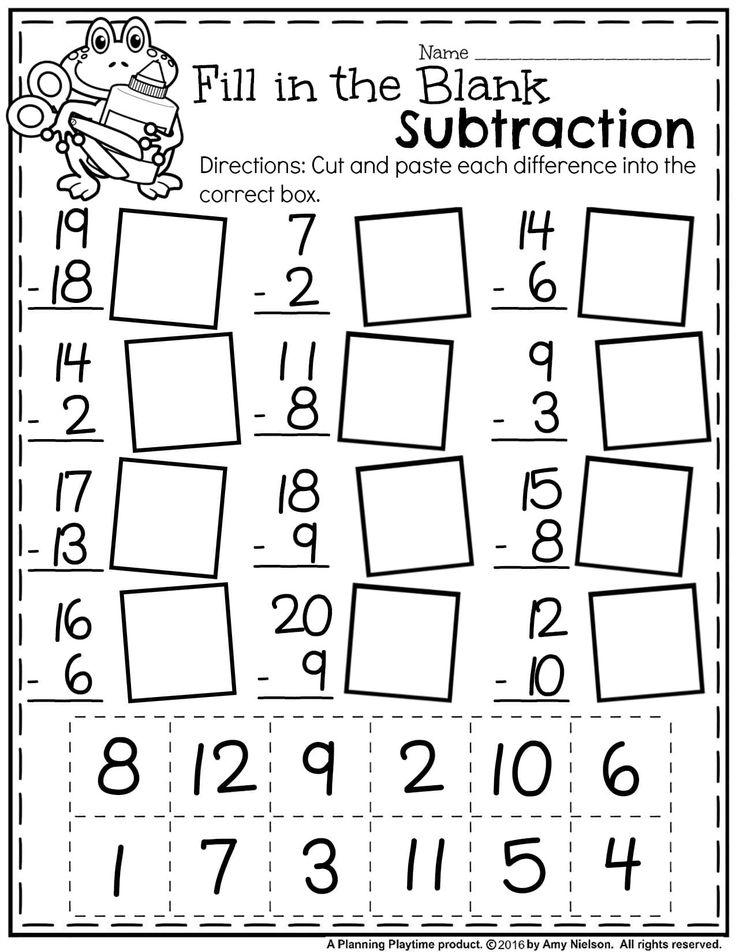 (If your child has not yet mastered the addition facts, work on the addition facts first and then tackle subtraction.)
(If your child has not yet mastered the addition facts, work on the addition facts first and then tackle subtraction.)
You know your child best, but most children 7 and up are developmentally ready to master the facts. It’s fine to work on the basics of subtraction with a younger child, but don’t expect full mastery until your child is a little older.
How fast should kids know the subtraction facts?
Aim for no more than 3 seconds per fact, and less if possible. But, it depends a lot on your child. Children who process information very quickly are quite capable of knowing each fact in less than 1 second, but children who are slower processors may always need a few seconds. You’re the parent and know your child best, so adjust your expectations to your individual child.
No matter how old your child, try to keep practice time relaxed and positive. Timed tests and drills aren’t necessary unless your child thrives on time pressure and finds it satisfying to beat the clock.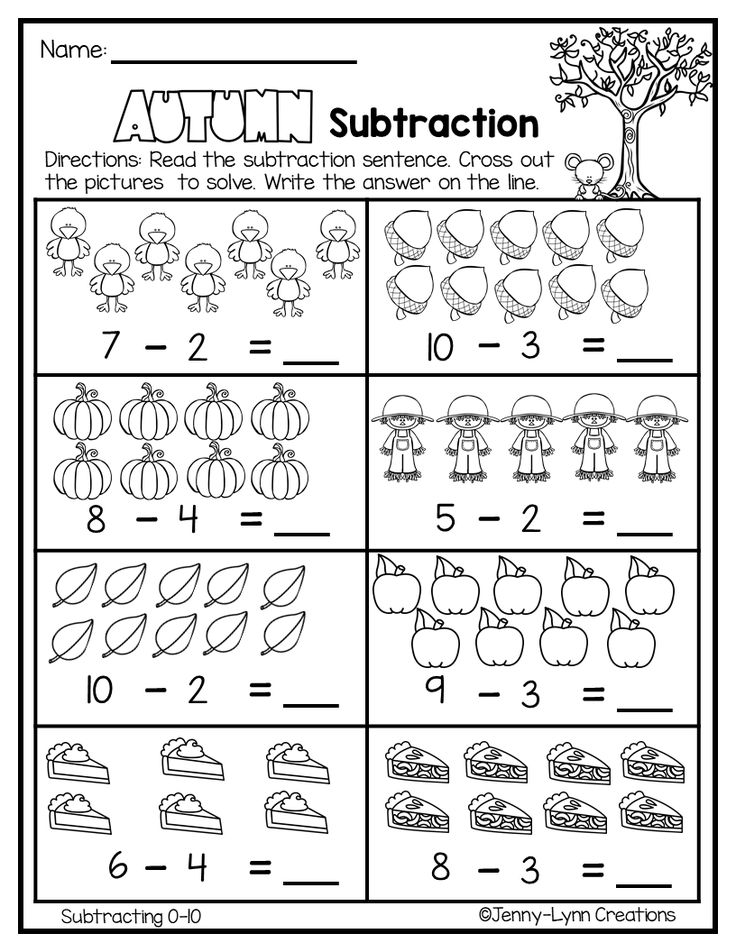
Step 1: Break it up.
Don’t overwhelm your child with all of the subtraction facts at once. Instead, first break the facts into smaller groups.
There are many ways to do this, but I’ve found that tackling the facts in this order usually works best:
- -1 and -2 facts (bright pink)
- -3 and -4 facts (bright green)
- Neighbor Numbers (close-together numbers) (dark blue)
- Subtracting 5, 6, and 7 from numbers up to 10 (light pink)
- -9 facts (tan)
- -8 facts (light green)
- Subtracting 3, 4, and 5 from numbers greater than 10 (light blue)
- Subtracting 6 and 7 from numbers greater than 10 (gray)
Breaking up the subtraction facts in this way makes mastering them feel much more do-able (for kids and parents). Plus, your child will build confidence as she starts with the easier -1 and -2 facts and then works her way up to the harder facts.
Step 2: Visualize and strategize.
Just as with the addition facts, this step is the missing piece that allows kids to master the subtraction facts with understanding and not just rote memorization.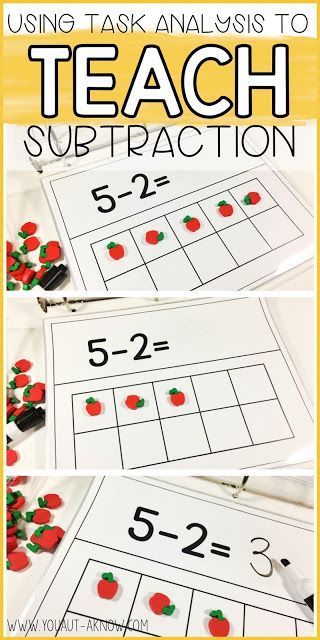
You’ve chosen one small group of facts to concentrate on. Now, it’s time to teach your child to visualize numbers and use an efficient strategy to find the answers.
Why visualizing is so important
You might be surprised to hear that visualizing quantities is an essential step. But think about it from a child’s perspective. When most kids think about numbers, they tend to see in their minds’ eye piles of disorganized counters.
So, a child trying to subtract 12 – 4 imagines taking away 4 counters from a pile of 12 counters. He knows that he needs to find how many are left, but the only strategy he has for adding them together is to count each counter one-by-one or to count on his fingers.
How most kids think of 12 – 4: as organized as my son’s sock drawerOur brains aren’t capable of keeping track so many disorganized counters at once—try it and see!—so no wonder he’ll eventually need to memorize every subtraction fact individually.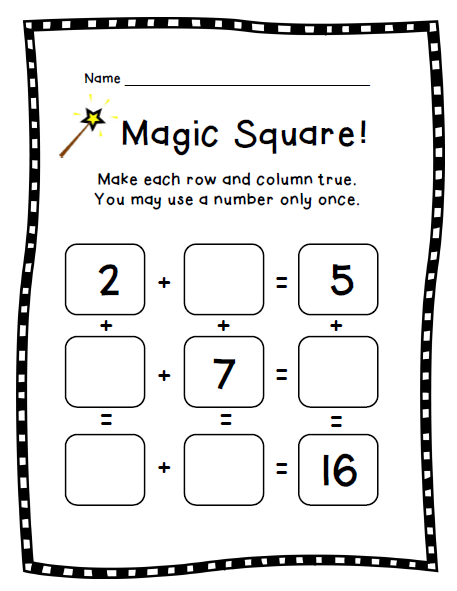
But, when children visualize numbers as organized groups, they can get out of the counting and memorizing rut.
How visualizing helps
Imagine instead a child who has learned to visualize numbers as organized groups on ten-frames. Here are those same 12 counters organized on ten-frames.
Organizing the 12 counters on the ten-frame makes it easier to visualize the numbers(A ten-frame is just a simple grid of 10 squares, with a line separating the two groups of 5. The dark line provides a point of reference so that it’s easy to see the numbers greater than 5 as a combination of “5 and some more.”)
Now, to subtract 4 from 12, the child can use a simple, concrete strategy to find the answer.
First, he removes 2 counters from the bottom row. Then he removes 2 more counters from the top row. Now, he can immediately see that there are 8 counters left, so 12 – 4 must equal 8.
Removing 4 counters shows that 12 – 4 equals 8.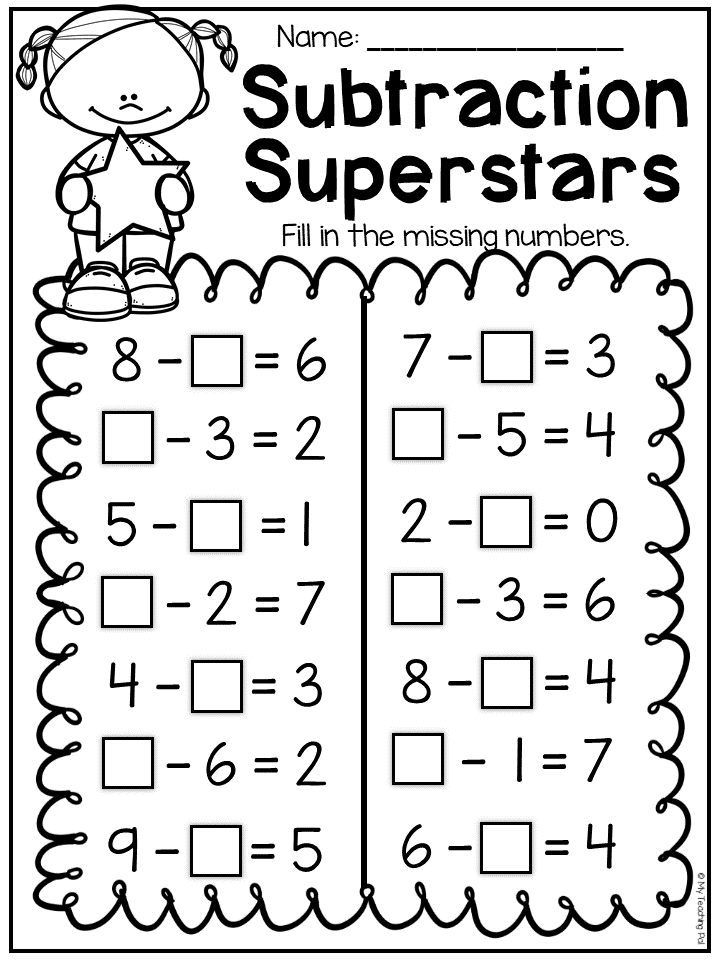
With a little practice, he’ll learn how to visualize the numbers and even manipulate them mentally. Because the numbers are organized on the ten-frame, he can bring them to mind and imagine moving the counters to find differences.
Now, he has a reliable, efficient method that will serve as a stepping stone to help him master one group of the subtraction facts. With just a few strategies like this one, he’ll learn all the subtraction facts.
Related: A Parent’s Guide to Subtraction Fact Strategies
Step 3: Practice those facts until they’re mastered.
Once your child has learned one specific strategy for one specific group of subtraction facts, she’ll still need some practice before she’s able to use the strategy fluently.
So, have your child focus on just that specific set of facts for several days. For example, if you’ve taught her the strategy above (which works well for subtracting 3, 4, and 5 from the numbers greater than 10), have her practice just those facts for a few days: 14 – 5, 13 – 5, 12 – 5, 11 – 5, 13 -4, 12 – 4, 11 – 4, 12 – 3, 11 – 3, and 11 -2.
You can tailor your child’s subtraction fact practice to whatever works best for you and your child. Many children thrive on a mix of games and worksheets. Games make mastering the subtraction facts fun and interactive. Plus, they also give you a chance to monitor how well your child is using the strategy (and fix any mistakes before they become ingrained.)
Worksheets are a great complement to games, because they give your child the written practice that she needs to be able to use the facts fluently in her written schoolwork.
Step 4: Mix those facts with other facts.
Once your child has mastered one set of facts, it’s time to mix them up with the facts she’s already mastered. Mixing them together gives her practice at choosing the right strategy and provides cumulative review so that the facts are cemented in her long-term memory.
Teach Subtraction Facts That Stick
So, that’s all 4 steps! You’re now well-equipped to teach your child the addition facts (and not just drill stacks of flash cards.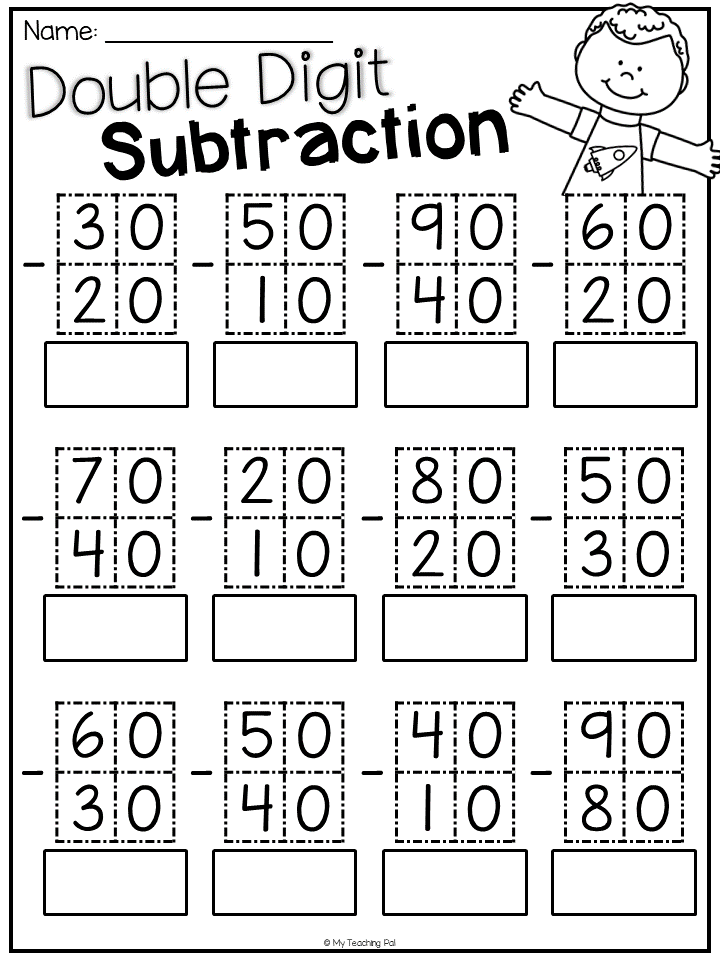 )
)
You could spend hours planning out lessons, making up your own worksheets, and searching online for games. (And hey, if you like doing that kind of thing, go for it!) But, if you have other things to do, I’ve already done the work for you.
Subtraction Facts That Stick is an open-and-go, all-in-one book for teaching your child the subtraction facts. It provides detailed lesson plans, fun games, and simple worksheets for every step of the process, so that you can teach your child subtraction facts that truly stick.
Teaching Subtraction to Young Students: Best Strategies Explained
- Home
- >
- Blog
- >
- How to Teach Subtraction to Little Kids: Four Proven Methods
Jessica Kaminski
10 minutes read
February 16, 2022
Most adults can subtract numbers in a few seconds, even though it’s harder than addition.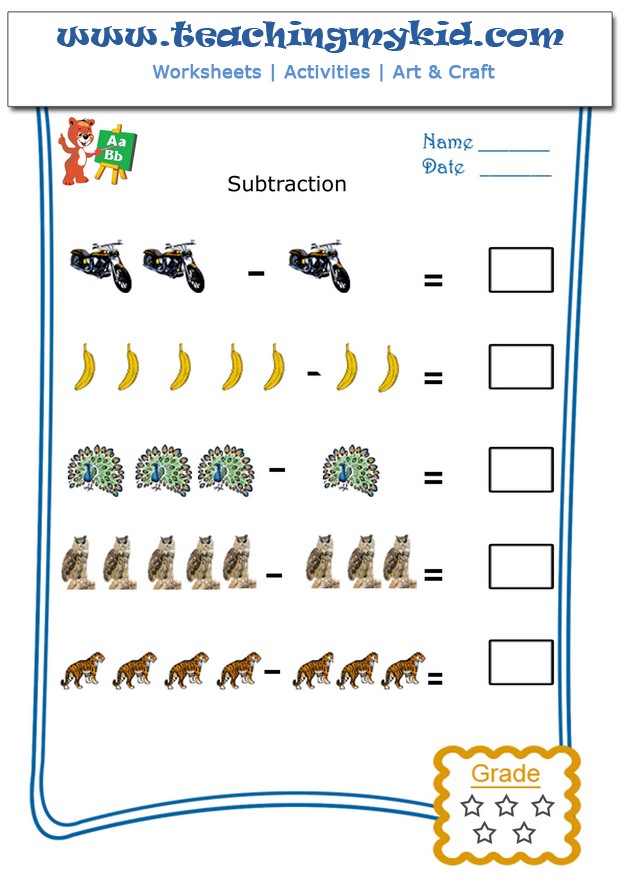 Sometimes, you can instantly solve 10 – 9 or 14 – 6 because you have learned subtraction facts by heart back in school.
Sometimes, you can instantly solve 10 – 9 or 14 – 6 because you have learned subtraction facts by heart back in school.
Meanwhile, little kids do their best to grasp the basics. How to teach kids to calculate two-digit numbers in their minds correctly? You have to build the math basis.
This time, we will explain how to teach subtraction to young kids and what teaching strategies to avoid, so keep reading.
When Should Children Learn Subtraction?
Subtraction is among the first math concepts children begin to study alongside addition. Schools teach subtraction gradually. It usually happens as early as pre-kindergarten. At this time, teachers introduce preschoolers to gains and losses and math operations that reflect them.
Kids learn to associate numbers with items and realize they can calculate and express losses using math language.
Although common core standards do their best not to overwhelm students with complex subtraction theory all at once, children struggle with this operation anyway.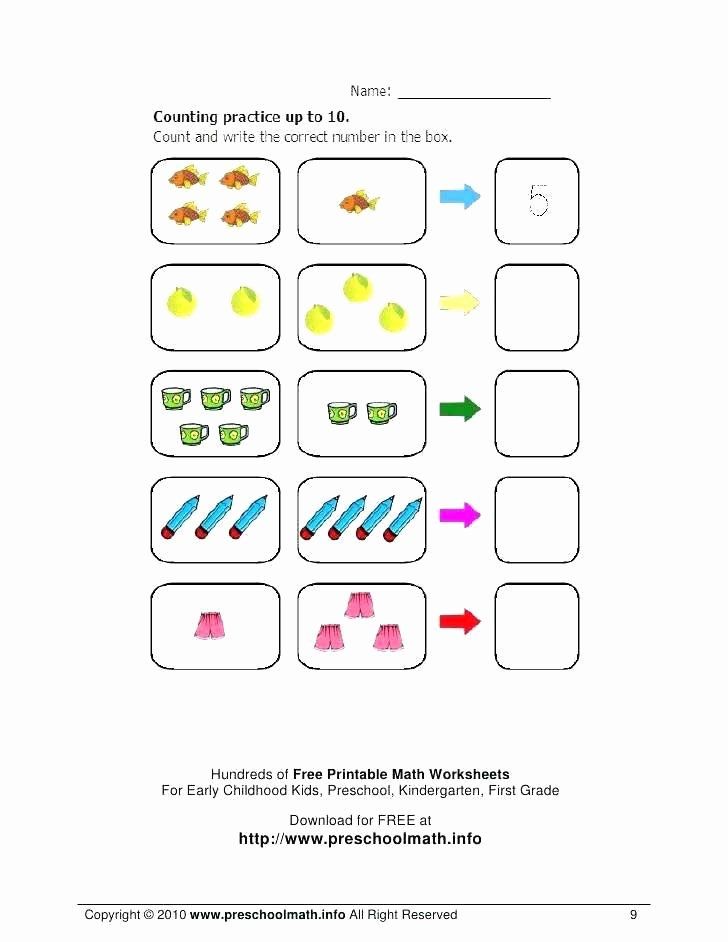
You can help your child learn subtraction by implementing simple teaching strategies. Keep reading to learn more about subtraction and four strategies to teach it to kindergartners and first-graders.
Browse Printable Subtraction Worksheets for Your Kids!
What Are Subtraction Facts?
You may have heard about subtraction facts – these are subtraction equations involving certain number combinations within tens, like 10 – 5 = 5.
Consider them common knowledge, such as that Earth orbits the Sun. Here are a few examples:
- Subtracting zero from a number doesn’t change its value: 5 – 0 = 5; 9 – 0 = 9; 3 – 0 = 3 and so on.
- Simple subtraction equations like: 10 – 3 = 7; 8 – 4 = 4; 14 – 6 = 8 and so on.
Why bother subtraction facts? It’s because memorizing them helps you subtract numbers in your head without thinking – you instantly know the answer when you see 10 – 5 or 6 – 3.
Fluency with subtraction facts allows you to calculate two-digit and three-digit numbers in your mind much faster.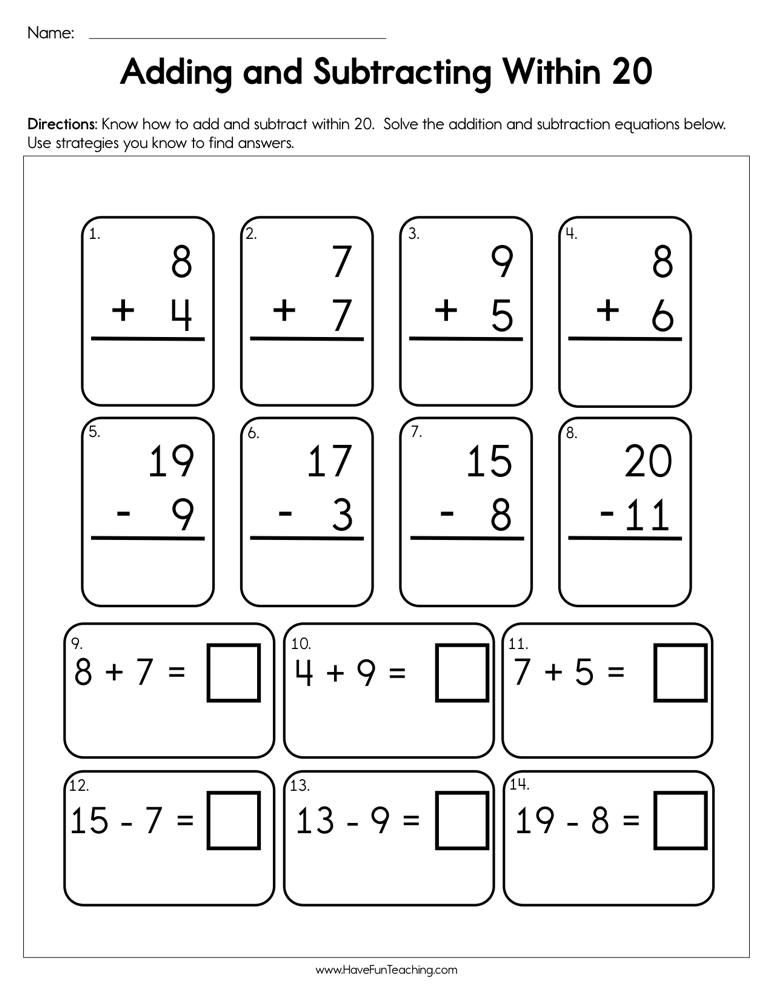
Meanwhile, kids in elementary school haven’t practiced subtraction to the point when they know these facts by heart.
Four Strategies for Teaching Subtraction to Beginners
Let’s get into four strategies to explain subtraction to your preschooler and first-grader.
Teaching Subtraction: First Grade and Kindergarten
Here is how teaching subtraction to kindergarten works:
- Put a few apples on the table in front of your child.
- Count them: one, two, three, four.
- Explain that we can represent apples as numbers – four apples equals 4.
- Take away two apples.
- Count the remaining fruit once again: one, two.
- We took away two from four, and two are left.
- Now, let’s pretend apples are numbered: 4 – 2 = 2.
You can use Lego parts instead. For example, build an eight-brick-tall Lego tower. Remove three bricks, and it will become only five bricks tall.
As a result, your preschooler can take the following steps to subtract numbers:
- Count objects in a group.
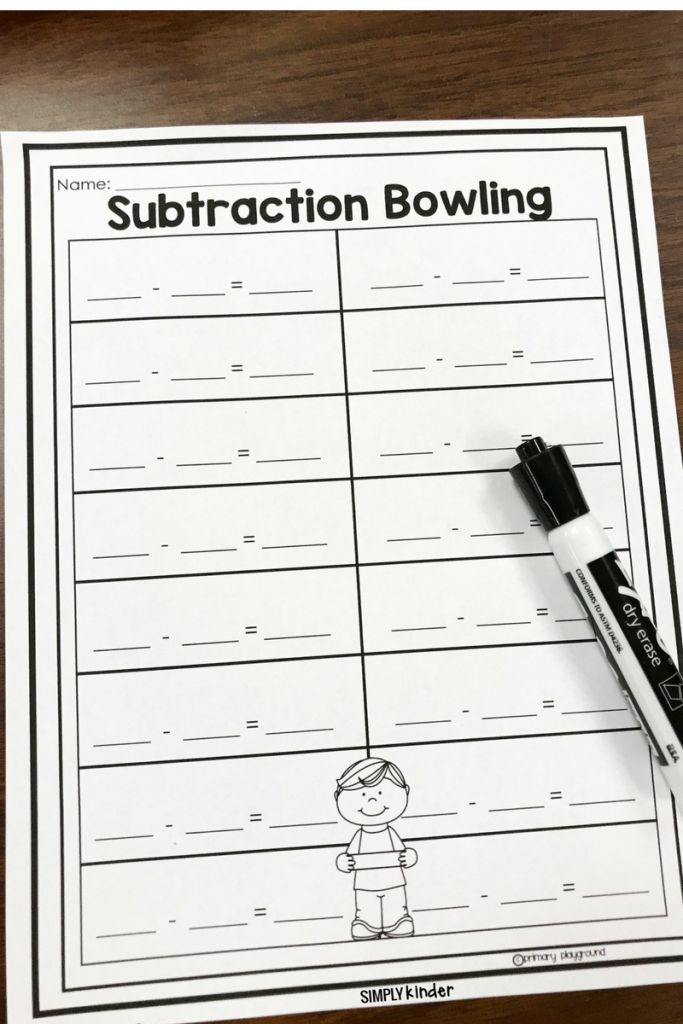
- Take away objects from the group.
- Count what’s left in the group.
Using this example, you can explain that subtraction equals taking away.
Practice Subtraction Vocabulary and Signs
Once your kids associate subtraction with taking away, they should learn subtraction vocabulary to switch to mental calculations.
Here are subtraction terms:
- The minuend – it’s the number from which you take away something.
- The subtrahend – it’s the number you take away from the minuend.
- The difference – it’s the result of subtraction.
For 5 – 2 = 3, five is the minuend, two is the subtrahend, and three is the difference.
Mathematicians use the term “minus” and the associated sign “-“ for the action of taking away.
In math terms, we should pronounce 5 – 2 = 3 as “five minus two equals three.” Explain this theory to your child.
The more your kids practice these terms, the more fluent they become in subtraction.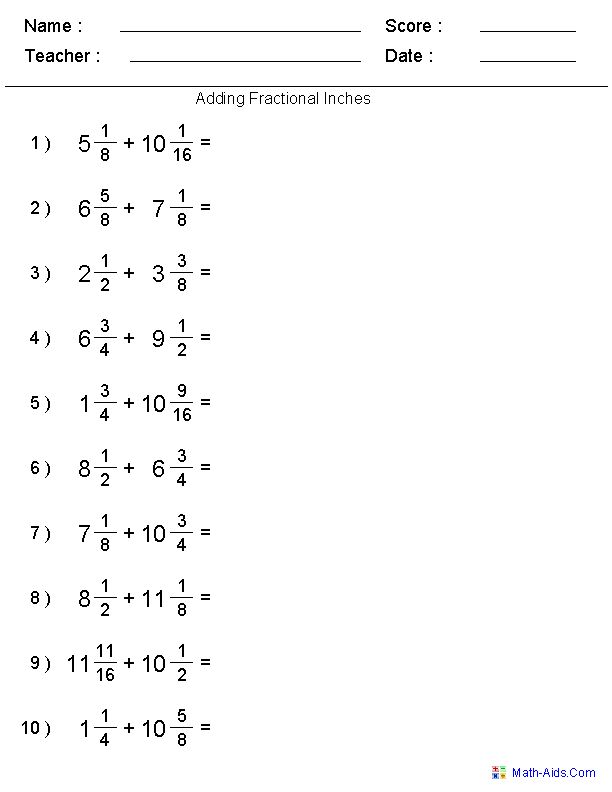
Teaching First Grade Subtraction Using Number Lines
Number lines help first-graders master subtraction within 20. Here is how it works:
- Draw a line and separate it with 20 equal segments. Number them from 1 to 20.
- Explain that your kid can subtract by counting backward on the number line.
Let’s take 8 – 5 = 3 as an example. Find 8 on the number line. Then, jump five times back: 8 → 7 → 6 → 5 → 4 → 3. Consequently, 8 – 5 = 3.
Remember number lines fit preschoolers and first-graders as their math curriculum involves subtraction with numbers up to 20.
Subtracting any numbers beyond 20 with number lines will confuse your child.
Use Subtraction Games
Studies suggest that repetitive math drills yield the best results – help kids memorize math concepts and build computational fluency.
However, the problem is that students can’t stand solving exhausting math drills for a couple of hours three times a week. The good news is that you can give them enough math practice with fun subtraction math games.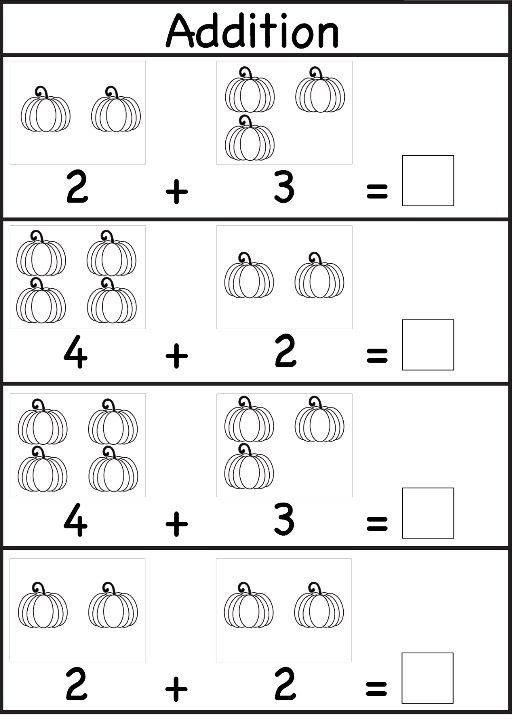 Entertaining characters, smooth animations, and built-in math drills will make math learning fun and easy.
Entertaining characters, smooth animations, and built-in math drills will make math learning fun and easy.
Teaching Subtraction that Kills Motivation for Learning
You may stumble upon counterproductive subtraction teaching strategies that seem well-written and straightforward. Check them out below.
Never Overfeed Your Kid with Excessive Information
Many parents (and some teachers) fall into a trap while teaching subtraction – they believe that the more theory and tools they provide, the better their kids will subtract. That’s not always the case.
If you explain everything about subtraction in one sitting, you will leave your kid lost and confused. To teach something complex, you have to build a solid foundation in the first place.
Math feels like a foreign language to kids. It’s counterintuitive and sometimes drives them crazy (especially subtraction with regrouping). So you should provide your student with math knowledge based on their current understanding.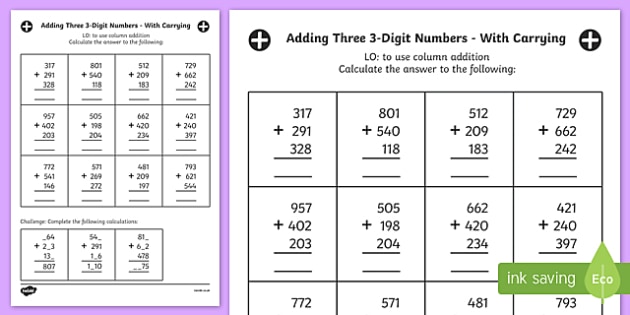
Don’t Teach Traditional Subtraction with Borrowing
We all know the column subtraction method. Teachers start introducing it in the third grade.
But many educators believe this method is inherently flawed. Let’s say you need to solve 22 – 9. You write 23 in the top column and 9 in the bottom column.
Then, you subtract 9 from 3, which will result in a negative number. But children learn negative numbers in the sixth grade. There is already a contradiction – students have to master a concept that requires knowledge they will access only in the future.
By doing so, teachers put a cart before the horse. That’s why tutors have to tell third-graders that they can’t subtract 9 from 3. Instead, they have to “borrow” 1 from 2.
As a result, 2 becomes 1, while 3 becomes 13. As an adult, you know it happens because you regroup 23 to 10 and 13.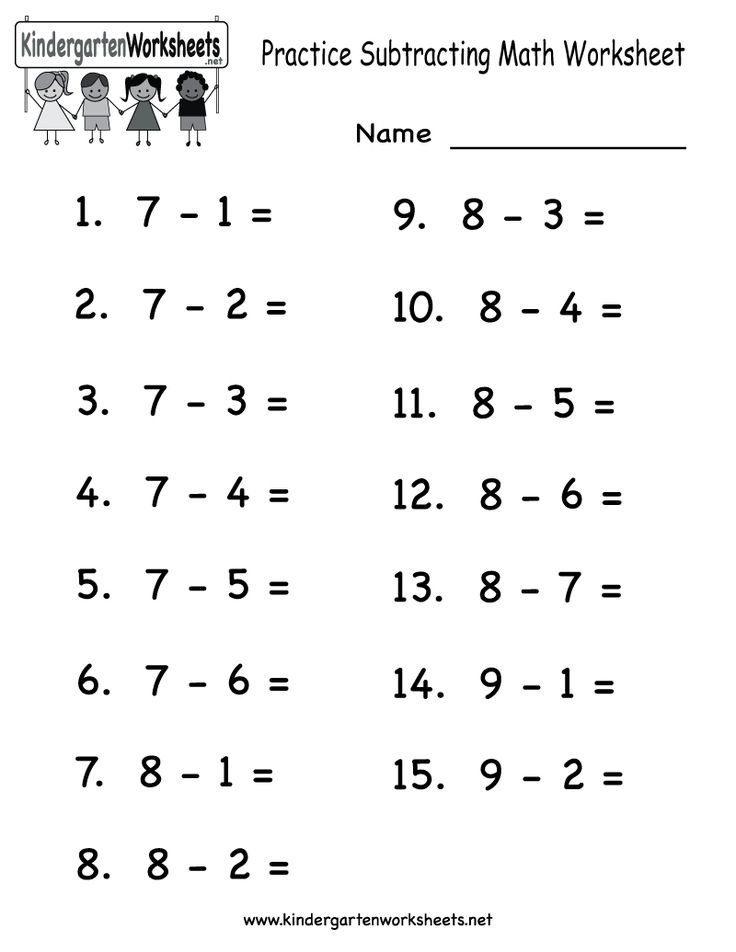
But it is another flaw – children get confused because they have no solid place values knowledge.
As kids cross 2 and 3 out and write 1 and 13 on top of them, they don’t get 10 and 13. They get 113, and they have no idea why 113 – 9 = 14.
Lastly, subtraction with regrouping prevents kids from understanding place values because it emphasizes ones. It teaches kids to subtract ones from ones without getting the whole picture.
The question is, why should teachers force kids to subtract bigger numbers from smaller ones, cross digits out, write new ones, and shuffle between place values?
It’s so much unnecessary mental work. Why should we confuse our children and punish them for our flawed subtraction methods, then? We shouldn’t, so check how to teach subtraction to first-graders the right way below.
How to Explain Subtraction without Borrowing?
Students can fluently subtract without borrowing if you teach them place values and introduce them to negative numbers.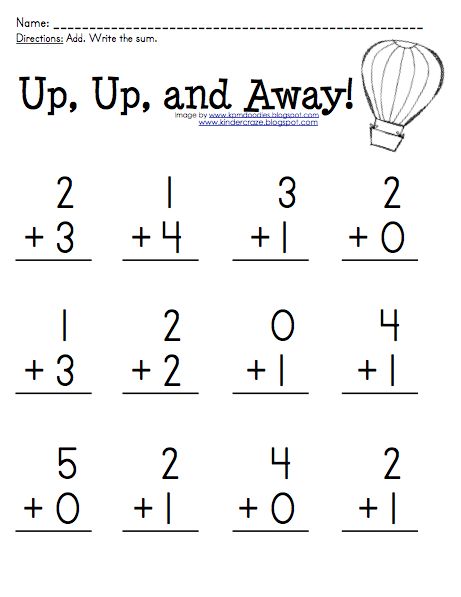 First and second-graders don’t need to know all about negative numbers and their applications.
First and second-graders don’t need to know all about negative numbers and their applications.
Tell them that they can get a negative difference.
They can subtract without borrowing by breaking down numbers based on their place values.
This way, your kid regroups place values, too. But they do so in an expanded form that illustrates what happens much better than column subtraction with regrouping:
- Split 23 into tens and ones: 10 (one-ten) and 13 (13 ones).
- Subtract ones: 13 – 9 = 4.
- Combine ones and tens: 10 + 4 = 14.
Brighterly’s Tutors Teach Your Child to Subtract
If your kid struggles with subtraction, negative numbers, or regrouping place values, you can delegate your teaching endeavors to professionals at Brighterly.
We teach efficient subtraction strategies within our math courses for kids. All you need to do is indicate your kid’s grade and math knowledge. Afterward, you can enroll your child in one of our math lesson packages.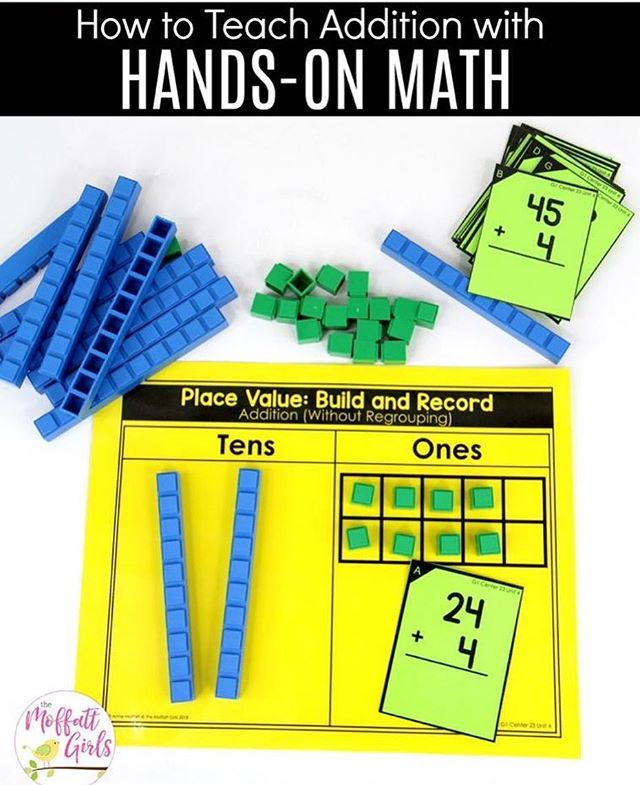 Consequently, your student will practice their computational skills, learn math concepts, and improve their knowledge of math operations under our kind supervision.
Consequently, your student will practice their computational skills, learn math concepts, and improve their knowledge of math operations under our kind supervision.
The Bottom Line
Learning subtraction is harder than addition, but children can do it without effort if you teach it the right way – start low and go slow. As long as you build a solid foundation, you can proceed to more complex subtraction topics. To do so, you can explain subtraction as taking away, use number lines, and practice subtraction vocabulary.
If you feel that math teaching bleeds you dry, you can delegate this task to experienced tutors at any time.
Jessica Kaminski
Jessica is a a seasoned math tutor with over a decade of experience in the field. With a BSc and Master's degree in Mathematics, she enjoys nurturing math geniuses, regardless of their age, grade, and skills. Apart from tutoring, Jessica blogs at Brighterly. She also has experience in child psychology, homeschooling and curriculum consultation for schools and EdTech websites.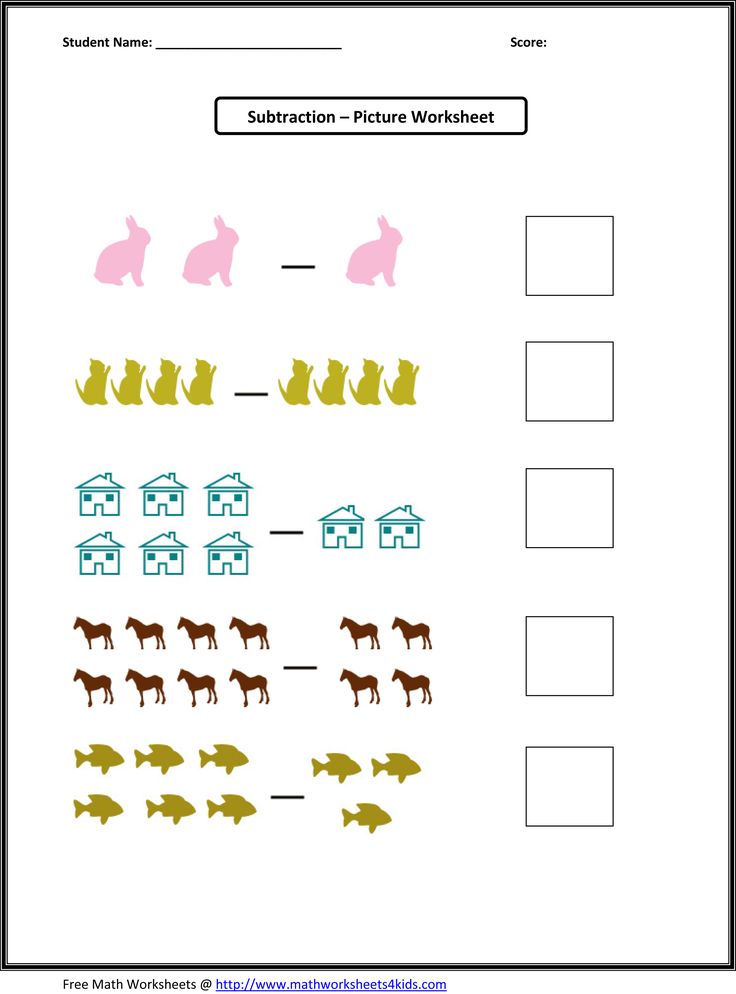
How to teach a child to count: a quick and easy way to learn mental counting up to 10, 20 and 100
Counting is one of the basic skills that is desirable to master before the child goes to school. No one will demand that a first grader solve complex examples - but learning to count the number of objects and knowing the basics of addition and subtraction before school will be useful. The child will not have difficulty understanding the teacher's requests - for example, "take two pencils" - and the first grader will not feel less smart than peers who have already learned to count.
Sending your child to school, take care not only of his intellectual preparation. After all, at school, the kid will face a whole new world. Some children have a hard time adjusting. Make sure that your child is not offended by peers or teachers, that he has no problems and is safe with the help of the Find My Kids app!
There are many ways to teach a child to count: according to the methods developed by professional teachers, in a playful way, with the connection of rhymes and thematic videos.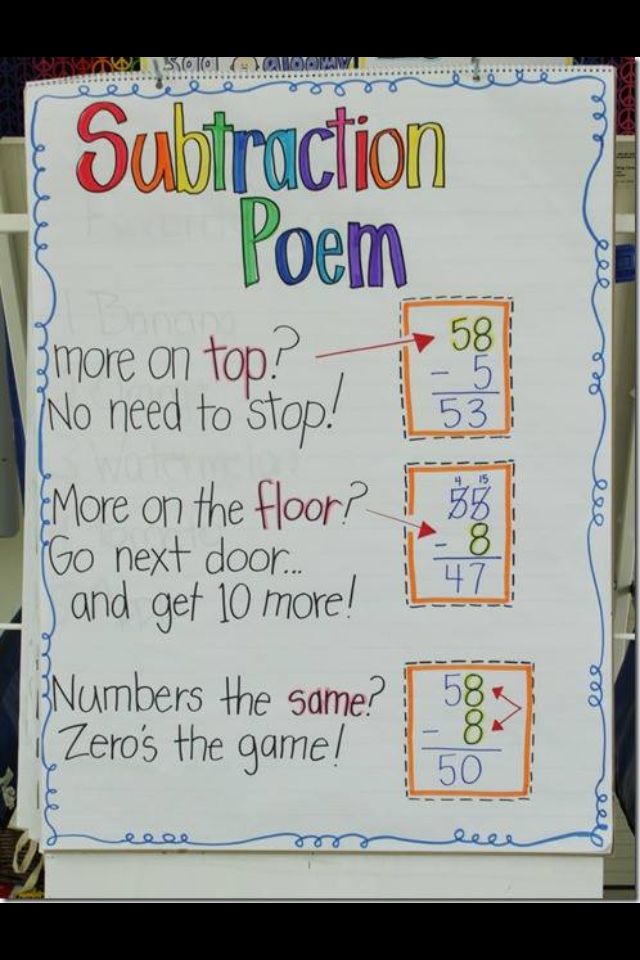 Whichever way you choose, learning to count can be considered the first step to learning mathematics. A good knowledge of mathematics is a guarantee not only of positive assessments, but also excellent memory and attention, developed logical thinking, and the ability to calculate the right solution in any situation.
Whichever way you choose, learning to count can be considered the first step to learning mathematics. A good knowledge of mathematics is a guarantee not only of positive assessments, but also excellent memory and attention, developed logical thinking, and the ability to calculate the right solution in any situation.
Prostock-studio/Shutterstock.com
Content:
- Getting Started with Numbers: When and Where to Start
- How to teach a child to count to 10
- How to teach a child to count to 20
- How to teach a child to count to 100
- Addition and Subtraction: Effective Ways to Learn
- Methods for teaching counting, created by famous teachers
- Easy Learning to Count: Tips for Parents
The first acquaintance with numbers: when and where to start
You can start introducing your baby to numbers at the age of 1.5-2 years. But it is too early to expect significant mathematical success from a small child, although children quickly understand the difference between the concepts of “one” and “many” even at an early age.
Briefly about the stages of teaching a child to count - in the table:
Prostock-studio/Shutterstock.com
Trying to teach a child to count too early is not worth it because of the differences between children's thinking and adults. There is such a thing as the Piagetian phenomena, proven by the French psychologist Jean Piaget.
The psychologist proved that children under six years of age cannot treat counting abstractly, considering a mathematical operation to be correct only in the present tense and precisely with those objects that an adult shows. For example, a toddler under six years of age will be convinced that if you take apples to another room, or replace apples with pears, the number of items will change.
It is best to teach children to count in 4 stages:
- At 2-3 years old, it is enough to teach a child to understand the difference between "little" and "a lot".
- At 4-5 years old, it's time to learn to count within 10 concrete, not abstract, objects: sweets in a vase, plates on the table, books on the shelf.
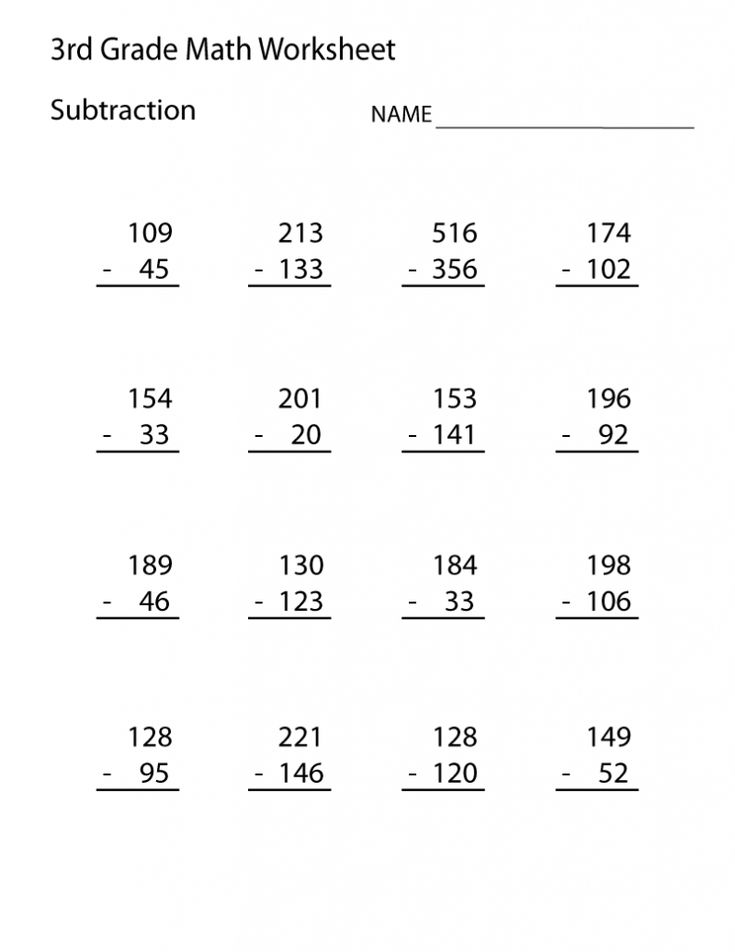
- At the age of 5-6, a child can be taught to count up to 10 and up to 20, and show how numbers look and are written. At the same age, the baby is already able to understand the terms “more-less”, adding the right amount to the objects or, conversely, removing the excess in order to achieve equality (for example, laying out toys in equal piles).
- By the age of 6-7, the child is ready to learn to count up to 100, and to add and subtract numbers up to 10.
How to teach counting to 10
Prostock-studio/Shutterstock.com
You can teach your child to count to 10 before the age of five, or, if necessary, at an older age. The main conditions for successful learning to count up to 10 are a good vocabulary of the child and his interest in numbers.
How to teach a child to count to 10:
- focus on the numbers that you already use in everyday situations, for example: “Now you are four years old, and soon you will be five years old”, “It's time to get up, it's already seven o'clock”;
- show images with different number of objects within 10: illustrations in books, cubes, own drawings;
- to quickly remember the sequence of counting up to 10 will help educational videos and cartoons on the relevant topic;
- connect the elements of mental arithmetic: teach your child to use abacus - often children quickly master counting within 10, studying with abacus abacus, or even with classic wooden abacus;
- use an element of the Montessori method: the famous teacher successfully taught children aged 3-6 to count, regardless of their initial abilities, using the most visual practical material - money (Maria Montessori considered the exchange of money exercises to be the most effective lesson for understanding the account).

Sending your child to school, take care not only of his intellectual preparation. After all, at school, the kid will face a whole new world. Some children have a hard time adjusting. Make sure that your child is not offended by peers or teachers, that he has no problems and is safe with the help of the Find My Kids app!
How to teach counting to 20
Prostock-studio/Shutterstock.com
You can teach your child to count to 20 when he can confidently count to 10. To quickly and easily master counting to 20, proceed in the following sequence:
- Tell your child what zero is (if they don't already know) using visual examples. For example, show two books or any two other identical objects, and then remove them. Explain that there were two books, and now there are zero.
- Show how new numbers are formed - it will be easier for a child to understand the principle using the example of numbers ending in zero. Tell me that in the Old Russian language "twenty" means ten and, accordingly, the number 20 is two tens (you need to count to ten twice).
.gif)
- Introduce your child to the concept of "composition of a number" - also with the help of improvised items: counting sticks, toys, fruits. Put 10 identical items in one row, place an item different from these ten items on top, for example, a counting stick of a different color. Explain to the child that the number is eleven. By adding sticks on top, show how 12, 13, 14, and the rest of the numbers up to 20 are made.
- Give the child the task of collecting a certain number of identical objects (16, 17, 18, etc.) such as small toys, and together count the number of objects out loud.
- Fix the material with a number line from 0 to 20 - so the child will learn to count to 20 much faster. You can draw a number line yourself or use a ruler 20 centimeters long. By exercising with a ruler, the baby will gradually remember how to write numbers correctly and their correct sequence.
How to teach counting to 100
Prostock-studio/Shutterstock.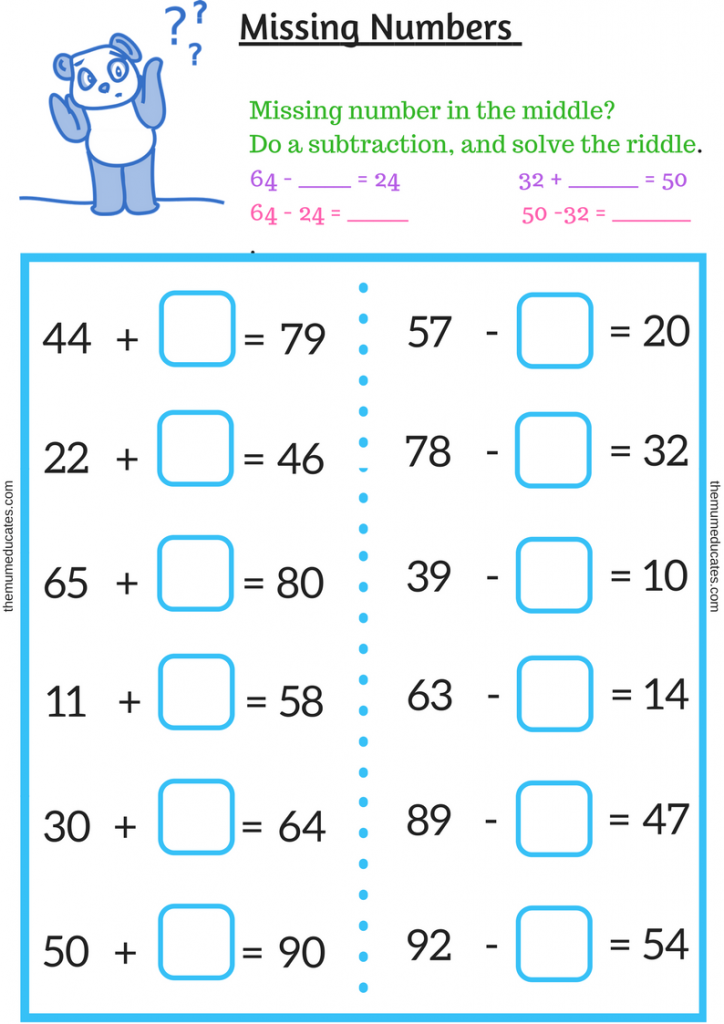 com
com
When your child can count to 20 without slipping, it's time for parents to help their son or daughter master counting to 100. Try teaching your toddler to count to 100 in this way:
- Tell the child that numbers over ten used to be called “two ten”, “three ten”, “four ten”, and so on. Later, the word "ten" was shortened to "twenty" and the familiar "twenty", "thirty", "fifty" appeared. The exceptions to remember are "forty" (meaning "a lot") and "ninety" (meaning "nine to a hundred").
- Practice remembering tens in the correct sequence from 10 to 100: 10, 20, 30, 40, 50…
- Remembering the correct sequence of tens, move on to units. Explain to the child that the numbers from 20 to 100 are not in a row - there are always units between them: 21, 22, 23, etc. Children who are good at counting up to 10 and up to 20 quickly understand and remember the sequence of counting up to one hundred.
- Ask your child to learn the numbers gradually, one ten a day: from 10 to 20, from 20 to 30, and so on up to 100.
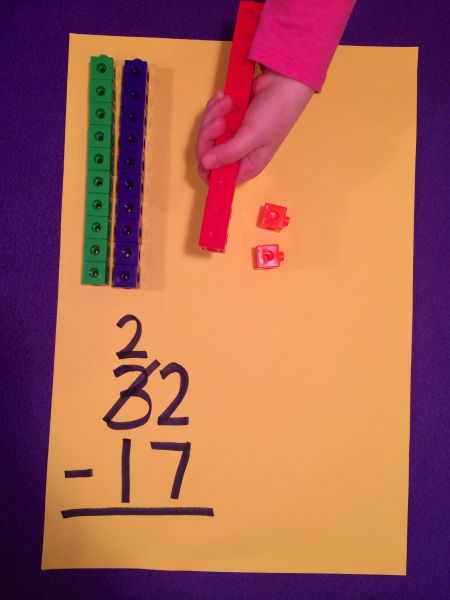
- Practice activities in play forms. Connect children's love to look for inconsistencies and mistakes: intentionally skip a number in a row up to 100, and ask your child to find the "missing" number - such logic games help to quickly memorize the score up to 100.
Having mastered the numbers, proceed to the gradual study of the multiplication table. We have collected in one place and talked about the most effective ways to help your child easily cope with this task!
Addition and subtraction: effective ways to learn
Prostock-studio/Shutterstock.com
By the time they start school, most children already know how to operate with basic mathematical operations - addition and subtraction. The modern program for the first grades is built in such a way that children are given tasks for addition and subtraction almost immediately - and it is better to learn how to add and subtract in time at preschool age.
How to teach your child addition and subtraction: first steps
Start familiarizing yourself with basic math operations by using visual objects - cubes, counting sticks or other things that are convenient for the child:
- disassemble the number 2: show the child that if you add one object and another object, you get 2;
- in the same way, disassemble the rest of the numbers within 10 by composition;
- make sure that the child understands the principle of parsing and puts things together without mistakes;
- Having mastered addition, proceed to subtraction using the same visual objects.

Finger Addition and Subtraction
When your child learns to add and subtract objects, move on to finger addition and subtraction—or skip this step if your son or daughter is skillfully and confidently adding and subtracting everything around them. In any case, make sure that the baby gradually weaned from counting on the fingers - teachers notice that the habit of counting on the fingers prevents children from learning to count mentally.
How to teach a child to count on fingers:
- Start with five fingers on one hand and think of puzzles that are interesting for your baby. For example, an addition task: “You have 2 cars, so straighten two fingers. My brother has 3 cars, straighten three more fingers. You have 5 cars in total.
- Offer to solve subtraction problems. For example: “Mom has 4 sweets, straighten four fingers. Mom gave you one candy, bend one finger. Mom has 3 sweets left.
- When the child begins to add and subtract without errors within five, proceed to similar activities with the connection of all ten fingers.
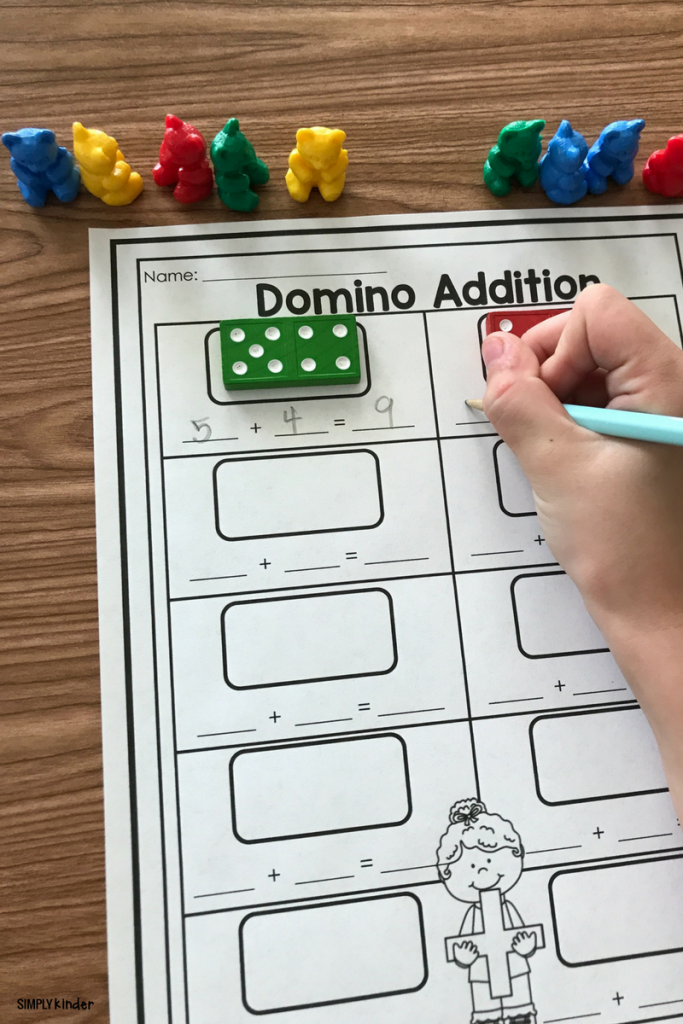
How to teach your child to count mentally
Prostock-studio/Shutterstock.com
Learning to add and subtract mentally is one of the most useful skills for a preschooler and will greatly facilitate the study of mathematics in school. Before teaching a child to count mentally, make sure that he knows how to add and subtract objects, and that he can count at least within twenty.
How to teach your child to count mentally:
- Create a clear connection between the number and the visual image in your child: connect games with mathematical dominoes and cubes. You can use a mathematical set according to the Zaitsev method: a set of cards that connects a number and a geometric figure. Children perceive classes according to Zaitsev's method well - gradually you can learn addition and subtraction even within a thousand.
- Teach your child, if he does not yet know what is "more", "less", "equally" with the connection of illustrative examples.
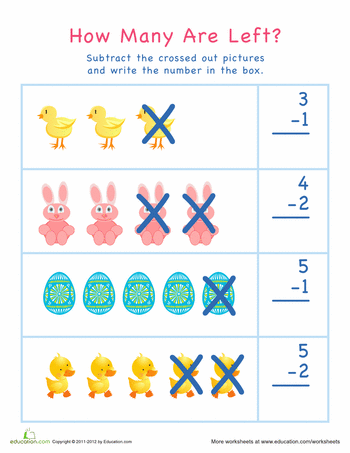
- Spend enough time parsing the number. To add 4 and 3, the child must know that these numbers "fit" into the number 7. The same principle works with subtraction: to subtract 5 from 8, you need to know that 5 and 3 "fit" into 8.
- Introduce the child to the rule "the sum does not change from a change in the places of the terms."
- Connect to learning any game aids that your baby will like: cubes, tables, counting sticks, cards, themed board games.
How to teach a child to count in a column
If a child can count up to a hundred and understands well what units and tens are, then usually there are no difficulties with counting in a column.
How to teach a child to count in a column:
- Explain that numbers are added and subtracted in a column by digits: units - separately, tens - separately.
- Show the sequence of actions if, when adding units, a number is obtained greater than or equal to 10: you need to write down only the second digit, and remember the first.
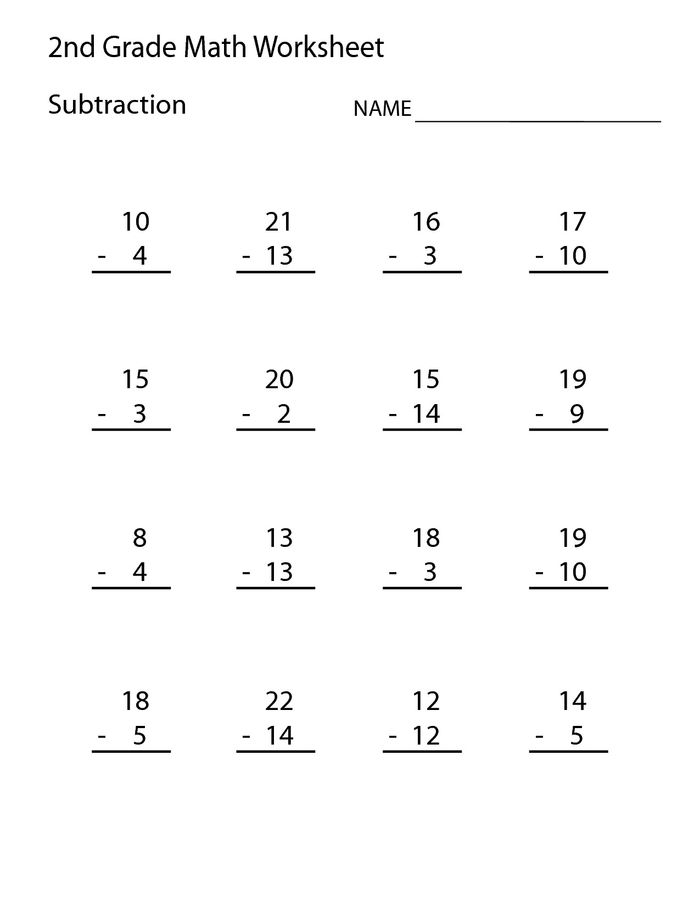 For convenience, the first resulting figure can be written above the tens place. Parents probably remember from school times the expression: “We write two - one in the mind” (or other numbers from 0 to 9). Example: 17 + 15 = 7 + 5 = 12 (two is written, one goes to tens) = 1 + 1 + 1 = 3 (total sum of the tens digit) = 32 (the first digit is the sum of the tens digit, the second digit is the sum of the ones digit ).
For convenience, the first resulting figure can be written above the tens place. Parents probably remember from school times the expression: “We write two - one in the mind” (or other numbers from 0 to 9). Example: 17 + 15 = 7 + 5 = 12 (two is written, one goes to tens) = 1 + 1 + 1 = 3 (total sum of the tens digit) = 32 (the first digit is the sum of the tens digit, the second digit is the sum of the ones digit ). Prostock-studio/Shutterstock.com
- Teach your child to subtract in a column. The principle of operation is almost the same as during addition, only if the upper digit in units turned out to be less than the lower one, then the missing unit must be “borrowed” from tens. For example: 31-13 \u003d 11-3 \u003d 8 ("took" the number 1 from tens) \u003d 2-1 \u003d 1 (the number 3 in tens decreased by the "busy" unit) \u003d 18.
Prostock-studio/Shutterstock.com
Methods for teaching counting created by famous teachers
Try to connect one or several effective pedagogical methods to the study of counting:
Peterson
The Peterson method teaches children mathematics exclusively in a playful way: with the help of cubes, drawing, logic games.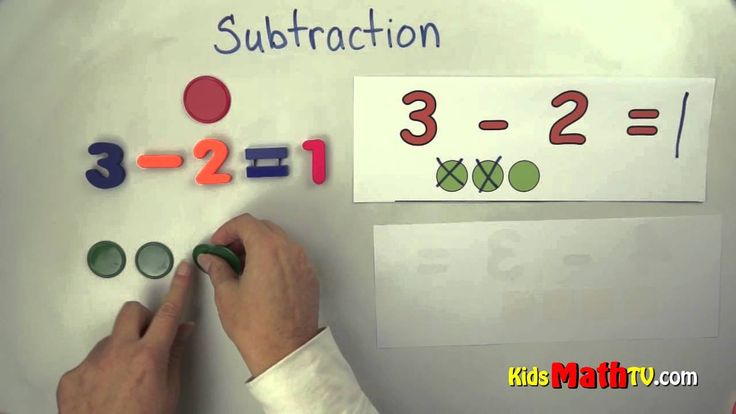
Glen Doman
Prostock-studio/Shutterstock.com
Glen Doman's method is based entirely on visualization: children see the numbers on the cards and the number of points corresponding to the numbers, gradually mastering the count:
- Prepare cards from cardboard: on one side write a number, on the other side draw the number of dots corresponding to this number.
- Show the child a card with one dot and clearly state the number "One".
- Move on to other cards in the same way. Do not linger - one card should take as much time as it takes to pronounce a certain number.
In the first few sessions, the child can act as an observer. Don't ask him to repeat. After showing all the cards (10, 20 numbers depending on age), be sure to praise the baby, tell him how you love him and how you like to teach him. You can treat the future mathematician with something tasty, since physical encouragement is an integral part of Glenn Doman's methodology.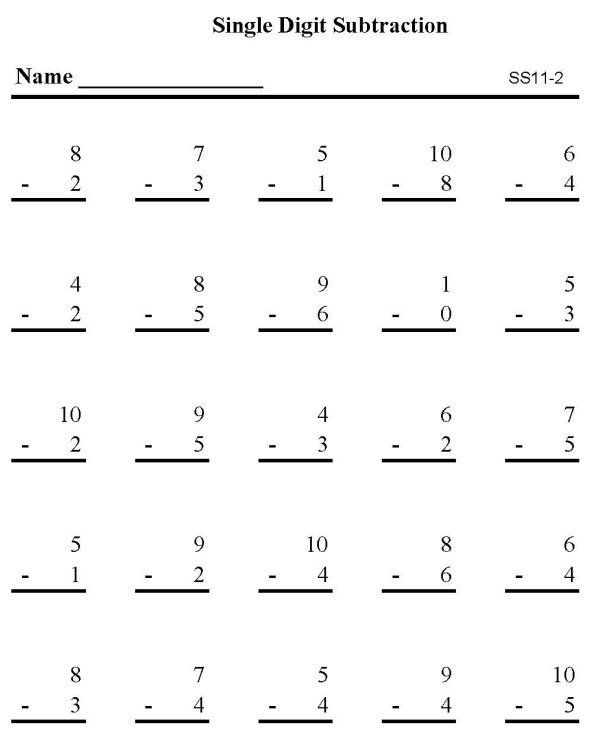
From 3-4 lessons you can start shuffling the cards, that is, showing them not in a clear digital order. Remember the main thing: show quickly, praise generously.
Mental arithmetic
Children learn to count with the help of knuckles, and later immediately begin to count in their mind without using the count or any other tools.
Read also: What you need to know about the psychological readiness of the child to learn?
Easy learning to count: tips for parents
Prostock-studio/Shutterstock.com
Rules for teaching preschoolers mathematics that have already proven their effectiveness in practice:
- study 20-30 minutes a day, dividing classes into 2-3 times;
- do not focus on repetition if this is not required to solve new problems: repetition for the sake of repetition in mathematics only slows down the result;
- move on to new material when the child has properly mastered the previous one;
- use the acquired knowledge in everyday life: count the steps, paws of cats, money in the store;
- trust the child to complete tasks on his own - so the baby's self-confidence will only increase.
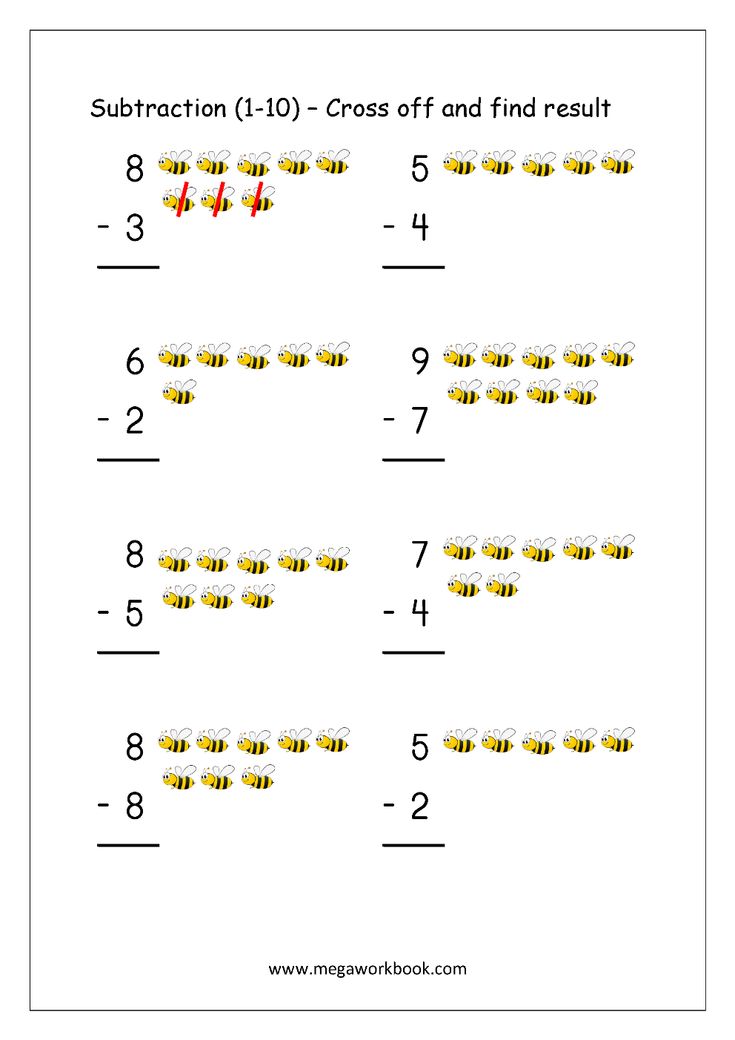
Be patient. Even if it’s hard and it seems that you have already explained it a hundred times, but the child still didn’t understand anything. Gradually, even such a difficult task as learning to count will fit in the child's head and, perhaps, your baby will become a future excellent student in mathematics!
September 1, 2020:
- Will the children go to school in September and what will happen to the ruler? Answers to the main questions of parents
- Preparation for September 1: checklist for parents. What should be done?
- What to give a child on September 1?
Getting ready for school:
- How to get your child ready for school and not become bankrupt?
- The best smartphones for students for every wallet
- Backpack, knapsack or briefcase for a student: what to choose and how?
For parents of first graders and preschoolers:
- Getting into school: a complete guide for parents of first graders
- First Grader Complete Set: What's on the shopping list
- How to help your child adjust to school
Please rate the article
This is very important to us
Article rating: 5 / 5.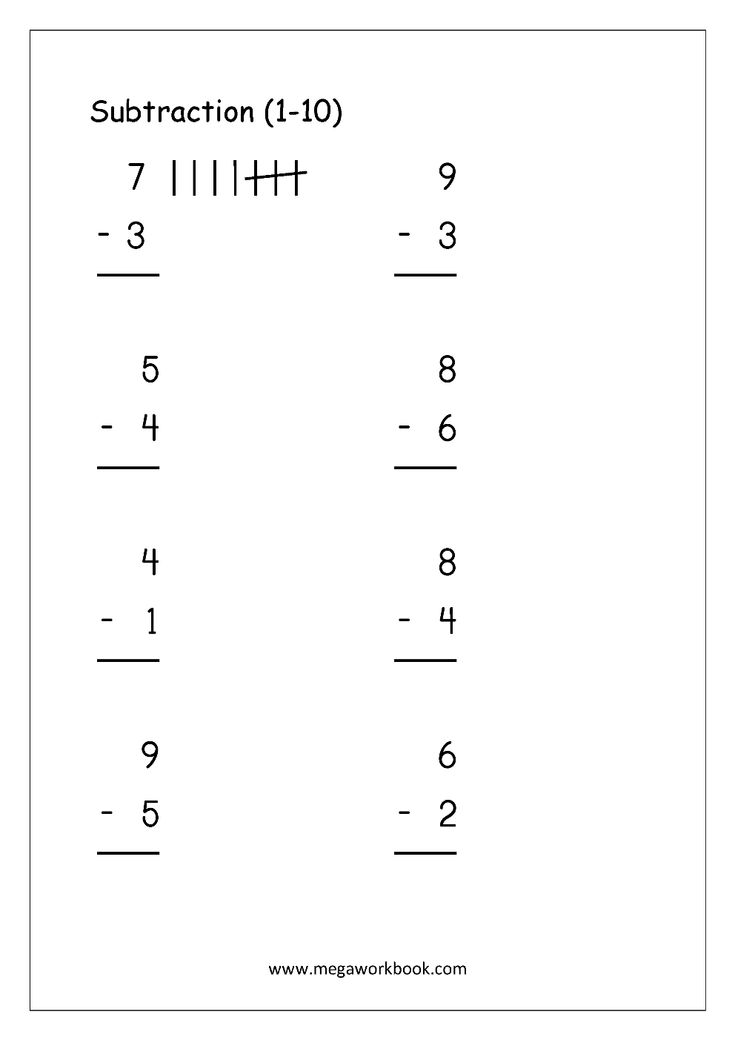 Votes count: 2
Votes count: 2
There are no ratings yet. Rate first!
Receive a school preparation checklist to your mail
Letter sent!
Check e-mail
How to teach a child to count - examples Grade 1
Counting is one of the basic skills that a preschooler should have. It is not difficult to teach a child to count, you just need to know how to properly organize the learning process. Children first develop visual-effective, and then visual-figurative thinking, so any mathematical operations must be demonstrated with practical examples. Let's see how easy it is to teach a child to count.
When to start teaching counting?
The optimal age for learning to count is between 3 and 5 years of age. At three years old, the thinking of the crumbs is already sufficiently developed to master this skill. Some babies are taught to count at an even earlier age by their parents.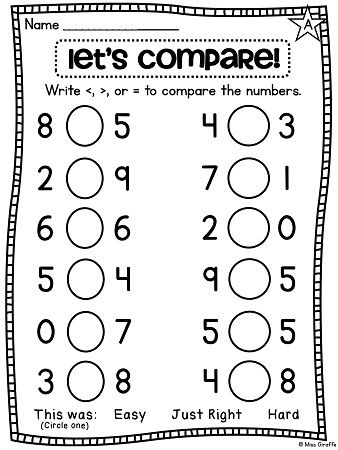
Children who go to kindergarten learn numbers and the basics of counting there. But if your kid does not attend kindergarten, you can take care of his education yourself. Counting is one of the basic skills that is desirable to master before the child goes to school. Of course, no one will require a first-grader to solve complex mathematical problems. But the ability to add and subtract will greatly facilitate the student's learning process.
The first step in learning to count is getting to know numbers. Already at 1.5–2 years old, you can show the crumbs the numbers and tell what they are called. At this age, the baby is still unable to count objects, even knowing the numbers, but he already understands the difference between "one" and "many". To solve this problem, CUVYRKOM has an excellent set of magnetic numbers and signs.
From the age of three, a baby can learn to count from 1 to 10 using specific tangible objects - sweets, apples, windows in a house or stairs.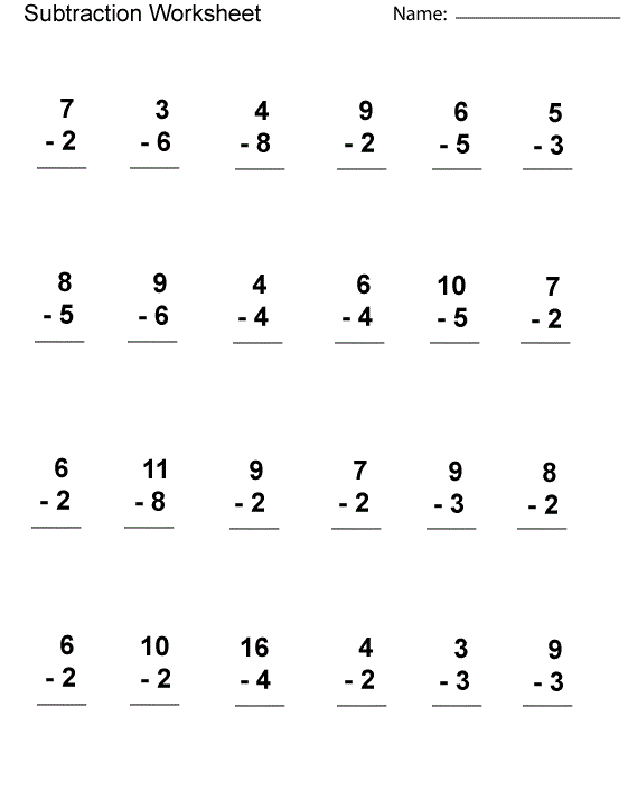 From 4–5 years old, the baby is already able to use not objects for counting, but numbers and count up to 20. And by the age of six, he can easily master counting up to 100 (and this is not the limit), as well as learn addition and subtraction.
From 4–5 years old, the baby is already able to use not objects for counting, but numbers and count up to 20. And by the age of six, he can easily master counting up to 100 (and this is not the limit), as well as learn addition and subtraction.
Do not forget that everything is individual here. Some children learn mental counting almost from the cradle, while others can’t really add 2 + 2 until the school itself. And if your baby still can’t count, don’t be discouraged. Perhaps it is still small and you just need to wait a bit.
Methods for teaching counting
There are quite a few ways to teach a child to count correctly. Let's consider the most common.
- Finger counting. This is the easiest and most affordable method for which no manuals are needed. Fingers are always with the baby, so you can practice anytime and anywhere, for example, during a trip or standing in line to pass the time. You can learn to count up to ten on your fingers. But it’s difficult for a baby to remember ten numbers at once, so start with one hand.
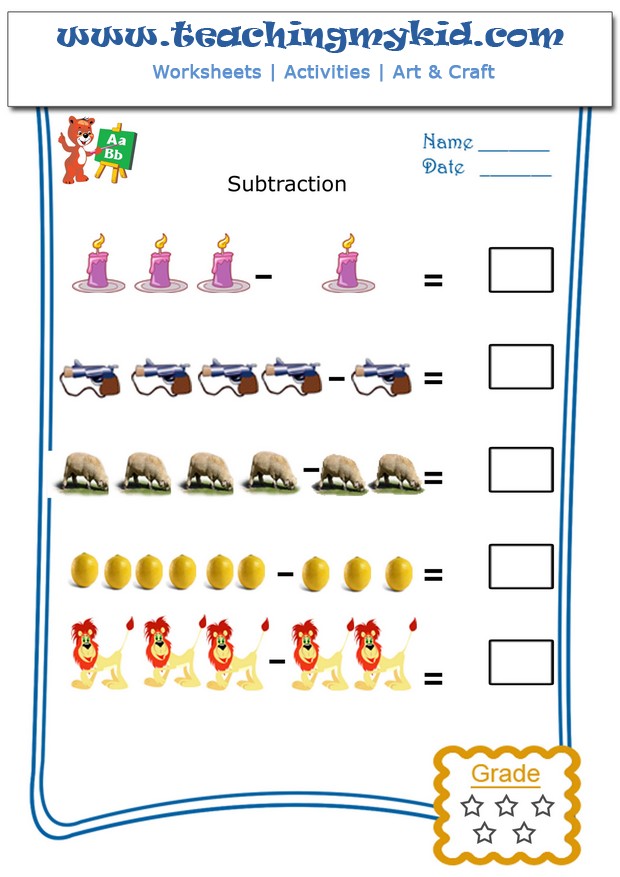 How to teach a child to count to 5, you can connect the second hand.
How to teach a child to count to 5, you can connect the second hand. - Counting sticks. This is a popular teaching tool used in kindergarten, school, preschool preschool. These sticks are usually sold in office supply stores and school supply stores. If you don't have chopsticks, you can replace them with matches or toothpicks.
- Counting cards. Cards are an analogue of sticks. You can buy a set of cards or make your own out of cardboard.
- Montessori method. It is very easy to teach a child to count using the Montessori method. It's like playing shop. You will need coins of different denominations and various items that the child will "buy".
- Doman technique. It is a set of cards with red dots. Each card has a certain number of dots - one, two, three, etc.
- Zaitsev method. The main feature of the method is to immediately show the crumbs the numbers from 0 to 100. This is necessary so that he understands how many tens and ones are included in each number.
 To teach this technique, a set of special cards with numbers is used.
To teach this technique, a set of special cards with numbers is used. - Polyakov's method. This way to teach a child to count involves the use of cubes, a special box with cells for cubes and a set of cards with numbers.
You can choose any method you like or try everything and choose the one that suits your son or daughter best. If you don’t want to buy teaching aids and master the intricacies of different methods, you can teach a child of 4–5 years old to count on fingers and improvised objects. And it’s also convenient to learn to count through the game. This can help you tabletops from CUVYRKOM.
How to teach your child to count to 10
The easiest way to learn to count to 10 is to use your fingers. You can count on your fingers without even knowing how the numbers are written. The main thing is to remember their name and order. As a rule, babies do not have these problems, and they quickly learn to count on their fingers. Then you can teach your child to count from 10 to 1 (back counting).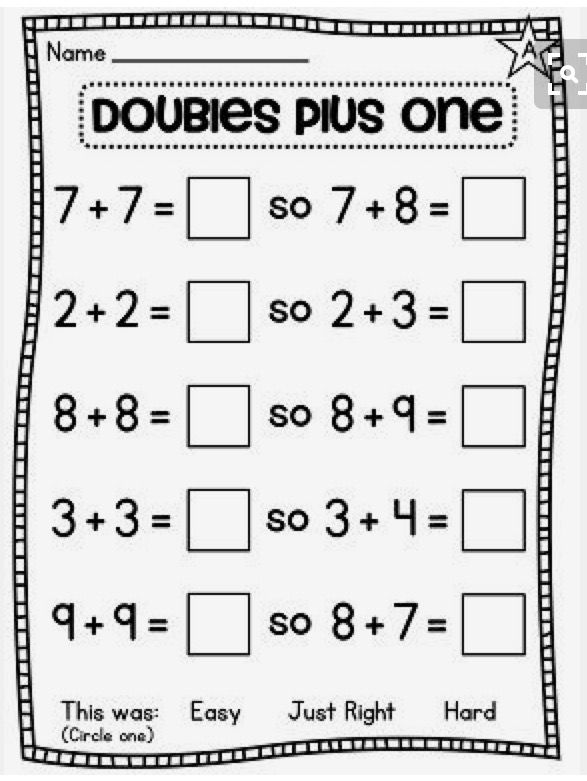
To make the baby learn faster and easier, do the following:
- Focus on numbers as often as possible. Tell the baby: “Now you are three years old, and next year you will be four”, “I bought five apples and three oranges”, “It's time to go to bed, it's already nine o'clock”, “In two days grandmother will come to visit us”. The child will learn that numbers and numbers are everywhere present in everyday life.
- Show pictures showing objects, people, animals within ten.
- Constantly train. Encourage your child to count anything - cars, trees, toys, people. You can do this on the way to the kindergarten, on a walk, at home.
Buy number cubes or a set of magnetic numbers. The kid will be happy to play with them, at the same time remembering how each number visually looks. When he can confidently count to ten, move on to the second ten.
How to teach a child to count to 20
To teach your son or daughter to count to twenty, you can use two pairs of hands - the child and yours.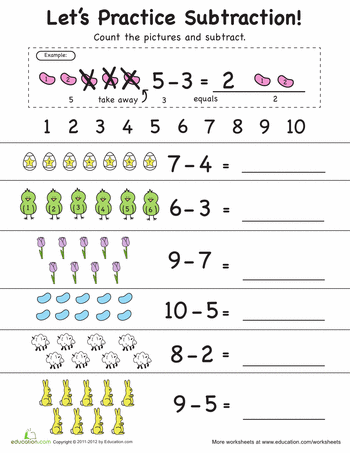 Sticks, cards and any other counting tools are also suitable for this purpose. Explain to the baby the concept of "composition of a number." Show how two-digit numbers are formed by adding one single-digit number to another.
Sticks, cards and any other counting tools are also suitable for this purpose. Explain to the baby the concept of "composition of a number." Show how two-digit numbers are formed by adding one single-digit number to another.
Take 10 counting sticks or any other items and put them in a row. Then add a stick of a different color to make the number 11. In the same way, demonstrate how the numbers 12, 13, and so on up to 20 are made.
Explain that the word "twenty" is an old word that means "ten." “One twenty” - it turns out 11, “two twenty” - 12, etc. That is, adding a number to ten, we get a new number and so on until we get “twenty” - two tens.
Take twenty sticks or other counting items and practice with them. When the baby learns to count well up to 20, you can move on to counting up to 30, 40, etc. If he understands how two-digit numbers are formed, there will be no difficulties with further learning.
How to teach a child to count to 100
If the child already knows how to confidently count to twenty, you can move on to counting to one hundred.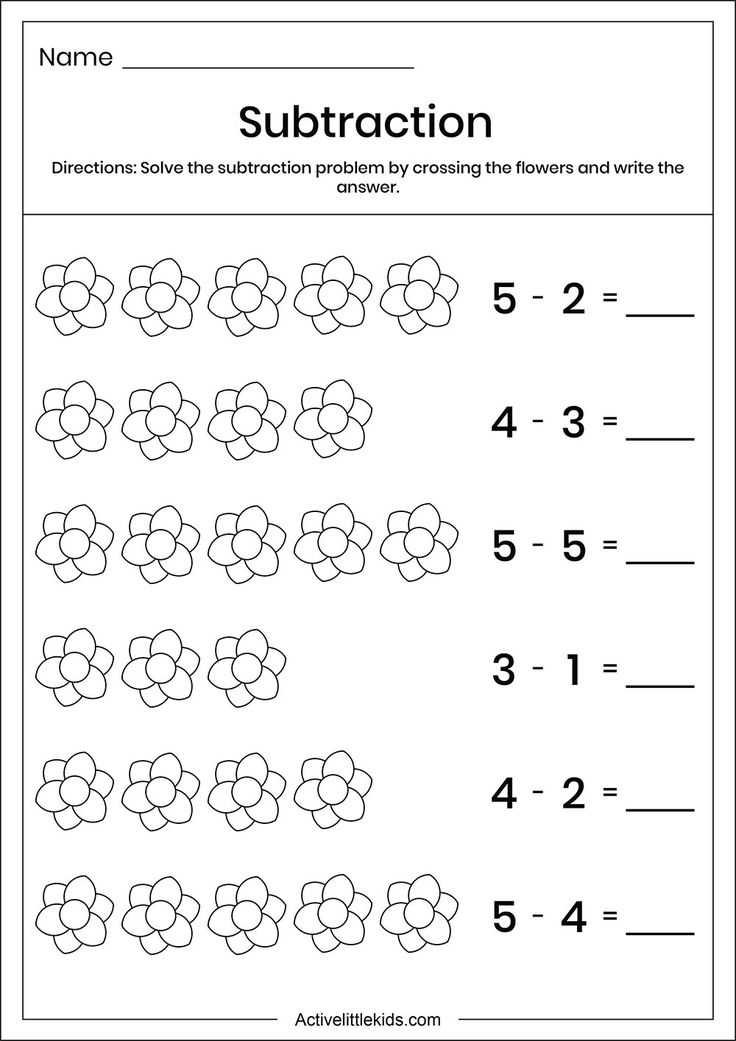 First, practice remembering the correct sequence of tens of numbers: 10, 20, 30, 40 ... When the son or daughter remembers the sequence of tens, move on to adding ones, as described in the example with counting up to 20.
First, practice remembering the correct sequence of tens of numbers: 10, 20, 30, 40 ... When the son or daughter remembers the sequence of tens, move on to adding ones, as described in the example with counting up to 20.
Do not try to learn all the dozens of numbers at once, so as not to overload the baby. Learn one ten a day. Before you take on the next ten, be sure to repeat the previous one. Take your time. Go to each new ten numbers only when the child firmly remembers the previous one. Otherwise, he will get confused and lose interest in learning. Consistency and patience are the main rules of training.
Also, CUVYRKOM has kits for learning to read
Teaching addition and subtraction
When preparing for school, it is useful not only to teach a child to count quickly, but also to solve elementary examples of addition and subtraction. The easiest way to get started with basic arithmetic is with sticks, dice, or other counting items. Fingers will work too.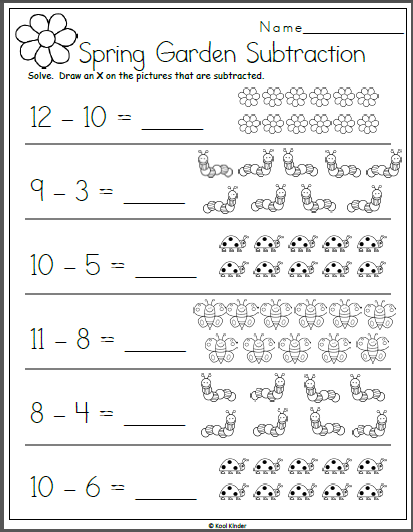
Start teaching addition to your son or daughter with the simplest example: 1+1=2. Take one item and add another to it. Show the result. Now add two to the first item, then three. Let the baby practice on his own by adding different numbers.
Be sure to tell him that the amount does not change from changing the places of the terms. Let him verify this by adding 3+5 and 5+3, 2+4 and 4+2. After the kid has successfully mastered addition, proceed to subtraction.
And in this article you can read about learning to multiply.
Explain to him that addition and subtraction are related operations. Show this relationship with an illustrative example. Take three sticks, add one to it - you get four. Now remove one stick and show that there are three left, as it was at the beginning. When the kid learns this principle, he will easily be able to solve examples for subtraction.
To make the rules easier to remember, translate them into simple, easy-to-understand examples. For example: “You have three sweets. You will share one with your mother. How much will you have left? or “Mom gave you two apples, and dad added three more. How many apples have you got? For greater clarity, you can take these sweets, apples, invite dad and reproduce the conditions of the problem in reality. Such activities will arouse much more interest in the crumbs than the boring memorization of abstract numbers.
For example: “You have three sweets. You will share one with your mother. How much will you have left? or “Mom gave you two apples, and dad added three more. How many apples have you got? For greater clarity, you can take these sweets, apples, invite dad and reproduce the conditions of the problem in reality. Such activities will arouse much more interest in the crumbs than the boring memorization of abstract numbers.
Games and fun ways to help your little one learn to count
The easiest way to teach a child to count is through play. The following helper methods will help you with this.
Counting songs
Children perfectly perceive information by ear and easily memorize songs and rhymes. There are a lot of funny counting rhymes on YouTube that help just teach a child to count. You can turn them on to your little one, memorize with him, and then sing along throughout the day. With the help of these funny songs, you can learn not only numbers, but also the elementary rules of addition and subtraction.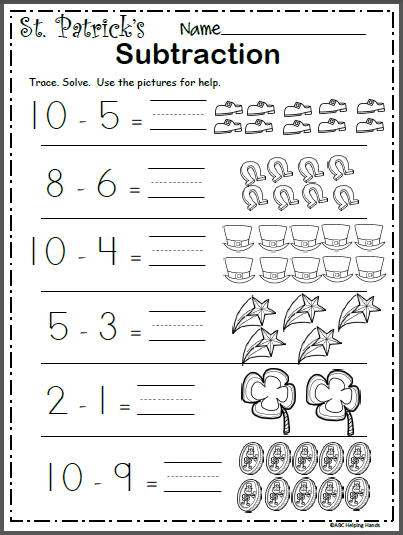
Sorting items
Buy your son or daughter a sorter box with slots in the form of shapes of different shapes and a set of matching inserts. The task of the kid is to pick up his figure for each hole and insert it there. This educational toy is very useful for children 2-4 years old. With its help, they learn to distinguish shapes in shape and color. The sorting process develops logic and teaches the basics of geometry. Another popular game is also suitable - Segen boards.
You can use not only the sorter for this purpose, but also the items at hand. Invite the baby to sort buttons by color or size, spoons and forks, etc.
Lego
Games with the constructor perfectly train the mind and logical thinking. Since the details of the designer have different lengths and shapes, when assembling them, the kid has to think about what to attach to what. While the child is small, buy him a universal designer, consisting of simple rectangular and square blocks.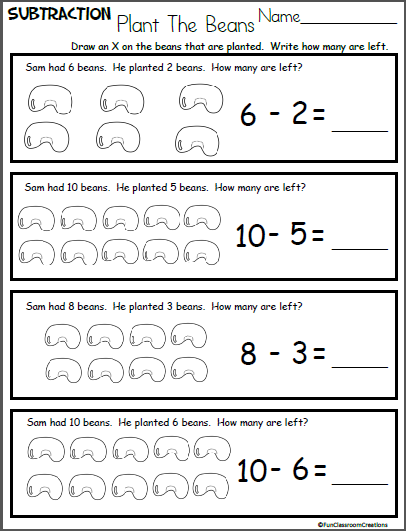 As you grow older, you can buy themed sets in which you need to collect a certain figure (car, ship, tractor or robot).
As you grow older, you can buy themed sets in which you need to collect a certain figure (car, ship, tractor or robot).
Memory Cards
This aid helps your child learn to count quickly and correctly. Buy a set of mnemonic cards that show numbers, and next to them - certain items in the appropriate amount. For example, 1 is one pear, 2 is two oranges. Such cards create a stable connection in the child's brain between the image of a number and its actual value.
It's good if the cards catch the eyes of the baby as often as possible. There are magnetic models that can be hung on a special board or refrigerator. There are also cards designed in the form of a large poster that is hung on the wall.
How do you know if a child has learned to count well?
Mathematical knowledge of a preschooler can be called solid if he:
- without hesitation lists numbers from 1 to 10 (20) and in reverse order;
- understands the "neighbors" of a given number: which of them is greater and which is less;
- can count the number of objects within five, just by glancing at them;
- can count not only on fingers and objects, but also in the mind.
